Presentation
Integrated Farm (ICLF)/Backyard Farm (BF)
The traditional Backyard Farm (BF) and Integrated Crop-Livestock Farm (ICLF) are major contributors to organic food products, particularly products sold in farmers markets (>10,000 in the US). Throughout the US, 144,530 farms sold >$1.5 billion in fresh edible agricultural products directly to consumers
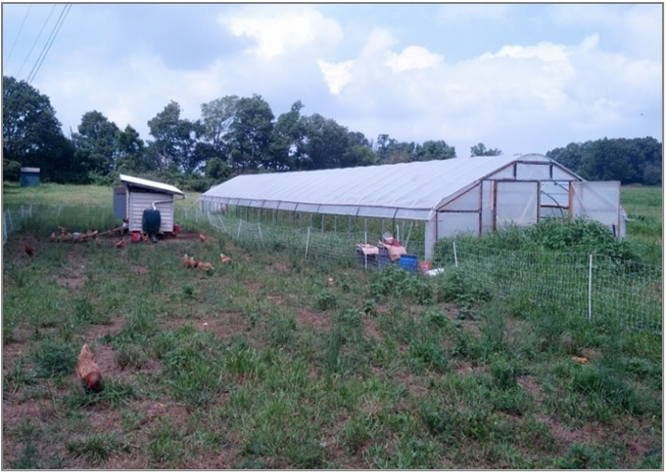
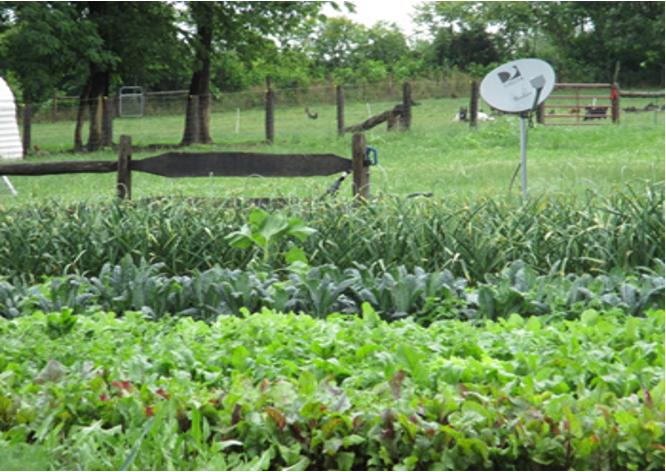
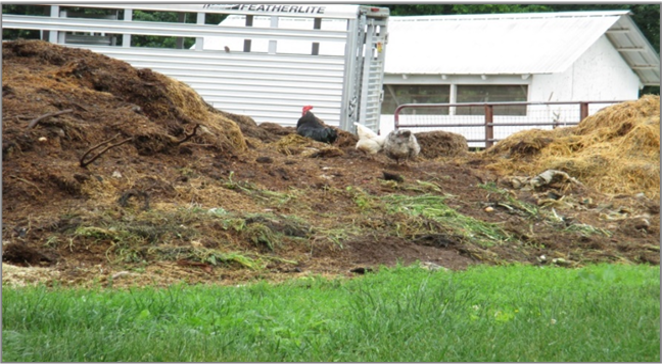
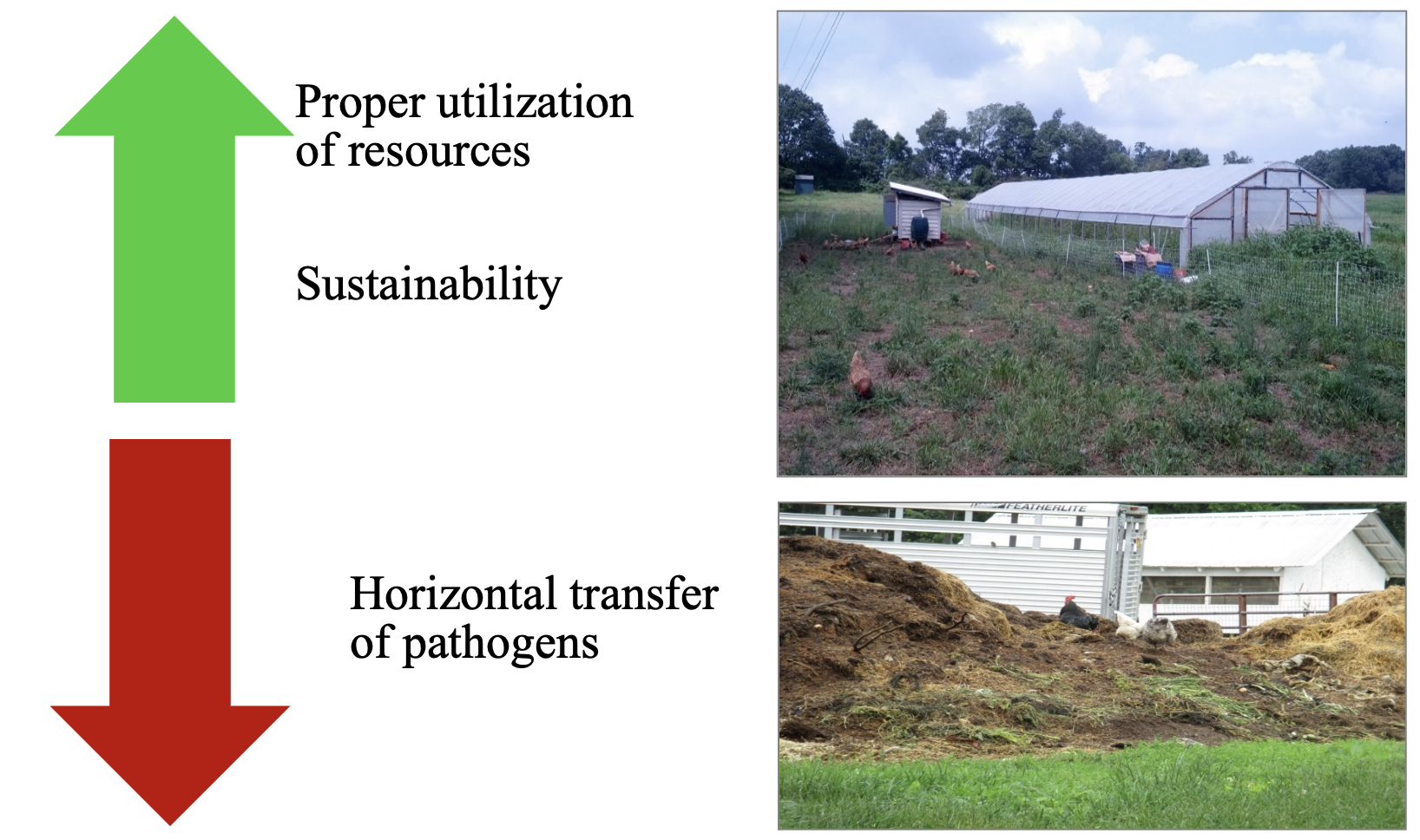
Advantages of BF/ICLF Systems
- Integrated and sustainable system
- Increase crop yields and biological activity
- Intensify land use and improve profits
- Can help reduce poverty and malnutrition locally
- Recycling by feeding root crops to animals and animal waste for soil fertility
- ICLFs use excreta to produce biogas and energy
- Trend is growing faster in many states of the US, including MD
Risks associated with ICLF/BF
- Higher mortality of animal
- No alternatives for growth promoters/therapeutics
- Often lacking proper planning and landscaping
- Pest, rodent and wild-bird infiltration
- Lacking training opportunity and research data
- Insufficient support and/or regulation
- Higher risk of bio-security
- Concern for food safety/cross-contamination
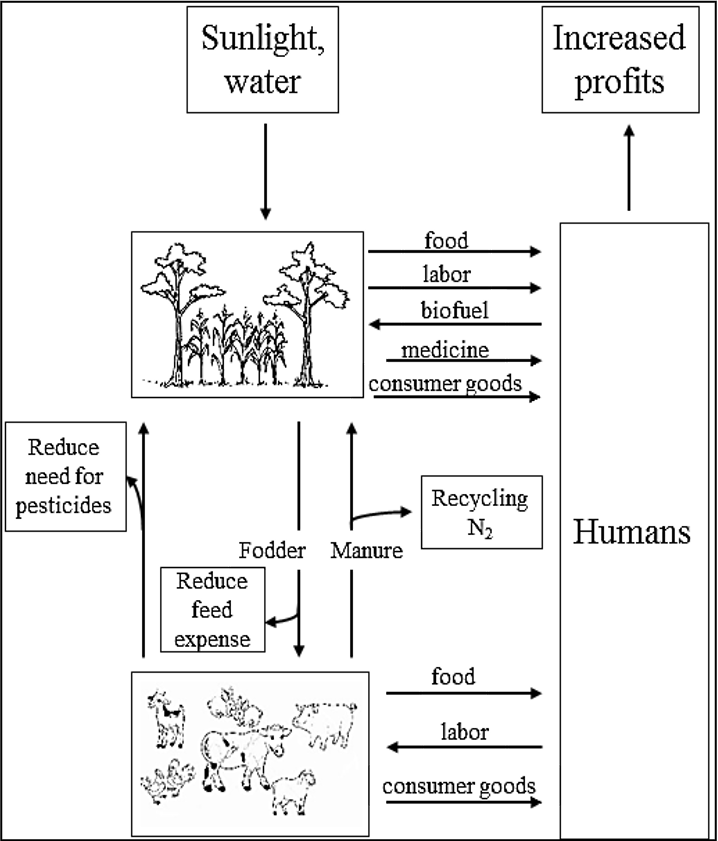
Foodborne illness in the US
Each year, 1 out of 6 Americans gets sick from foodborne disease and >3,000 die as a result. Reducing foodborne illness by just 10% would keep 5 million people a year from getting sick. Economic loss of foodborne illness in US comes in around $77 billion annually. A single fatal case of foodborne infection leads to cost of life as well as $7 million. An outbreak or a single recall can push a company out of business.
Many types of food cause foodborne illness
All types of food including produce, fruits, poultry, eggs, beef, pork, dairy products are responsible foodborne illness. Animal products directly cause >60% of the cases of foodborne illness. Farm animals are also involved in produce-borne infection.
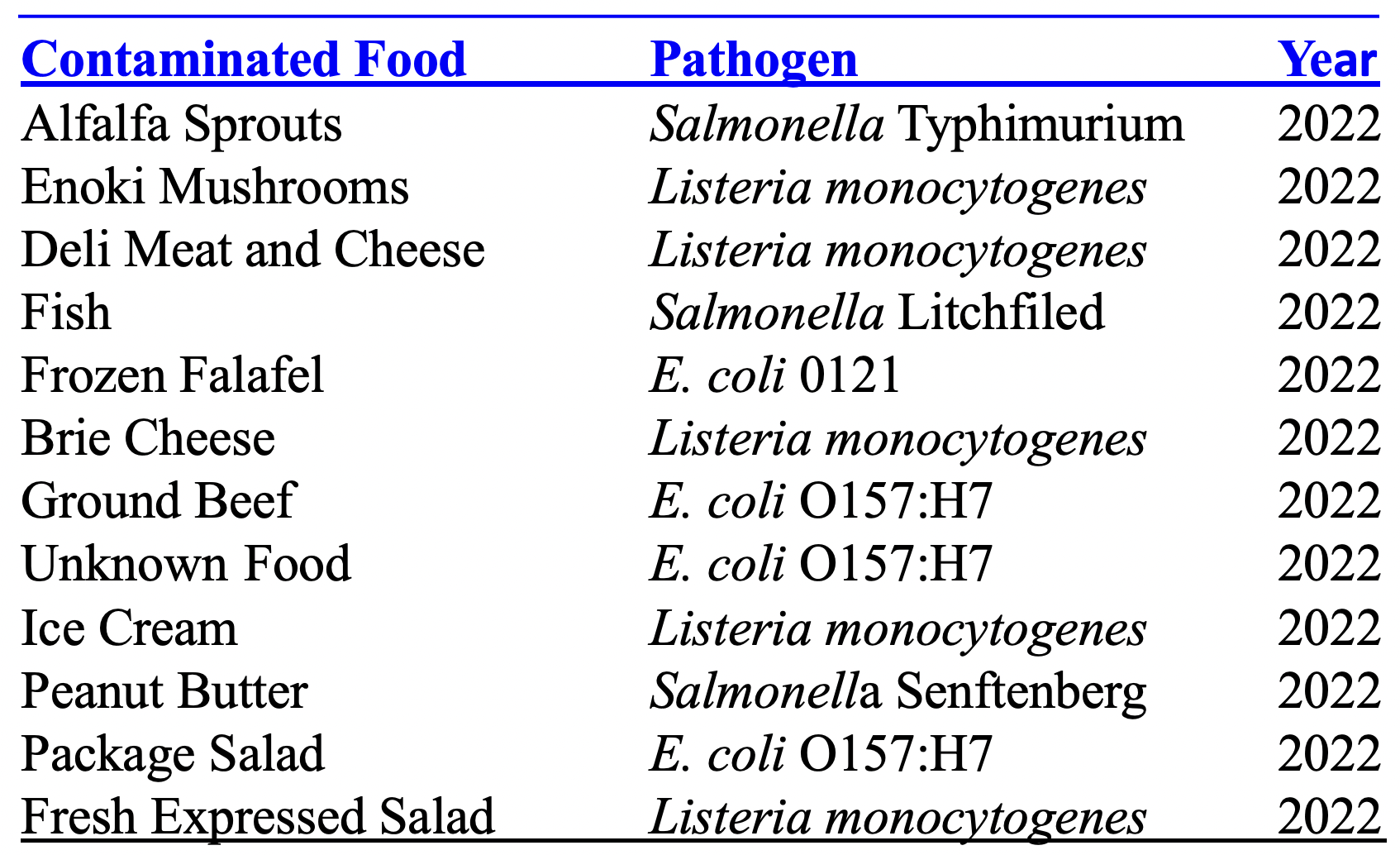
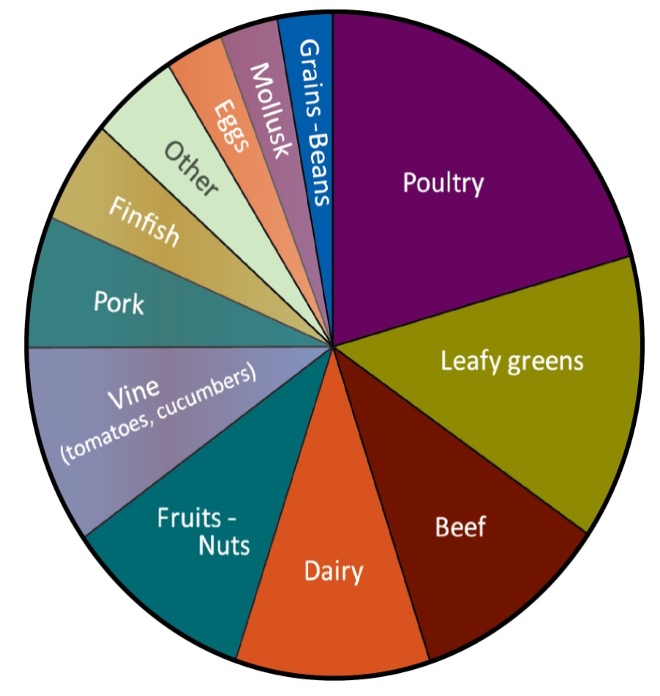
Objectives of the Study
Objective-1: Determine the sources, survival and
persistence ability in the various components of the ICLF
environment and contamination pathways of SE and STEC.
Objective-2: Develop practical means to control SE and STEC
in ICLF environment and eliminate their survival on harvested
fresh produce by developing and using novel farm-friendly manure
composting methods and natural antimicrobial sanitizers and wash
aids.
Objective-3: Disseminate outcomes of the project and
measures for controlling fresh produce contamination through
on-farm practices and post-harvest processing to diverse
stakeholders.
Procedures and Findings
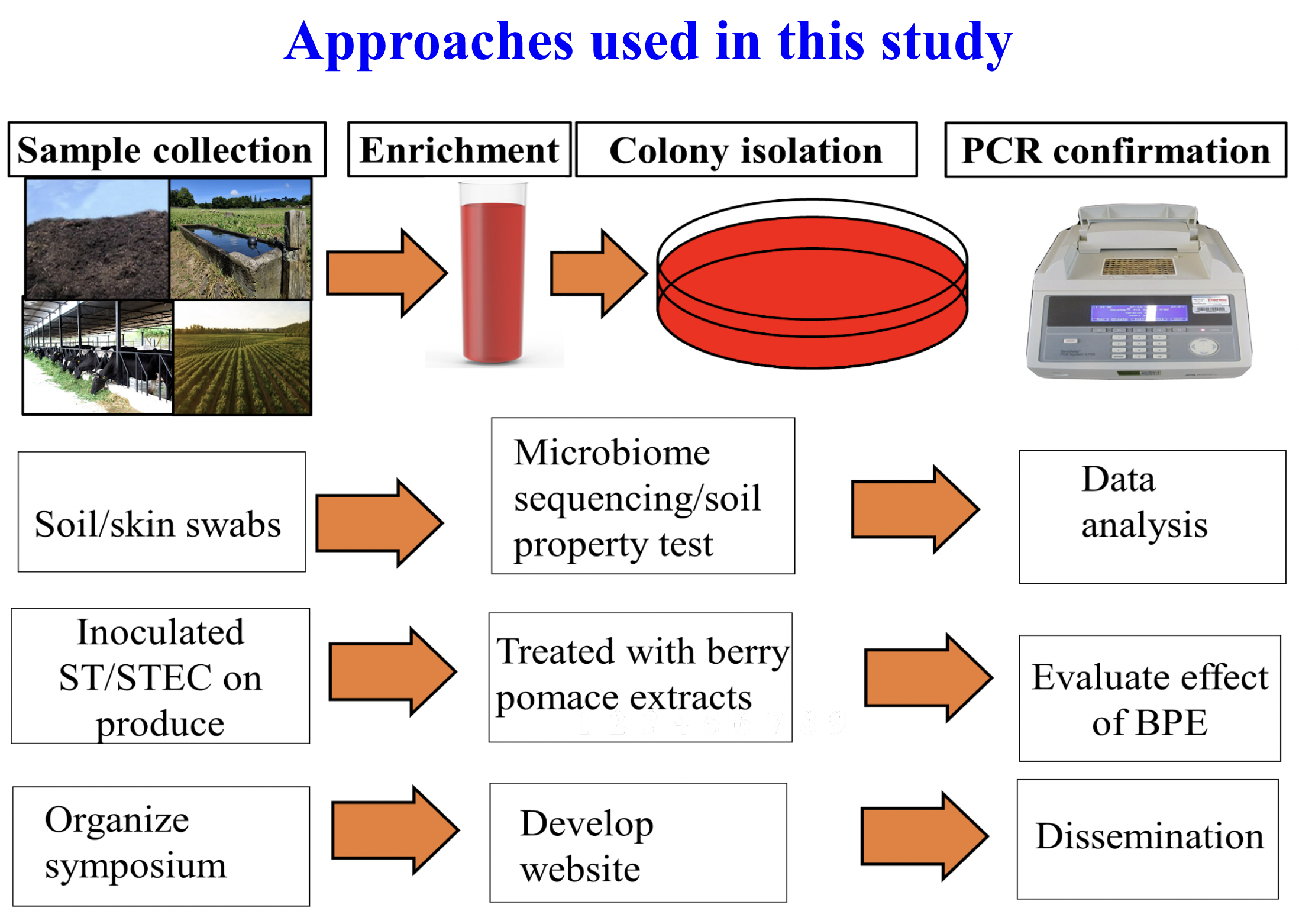
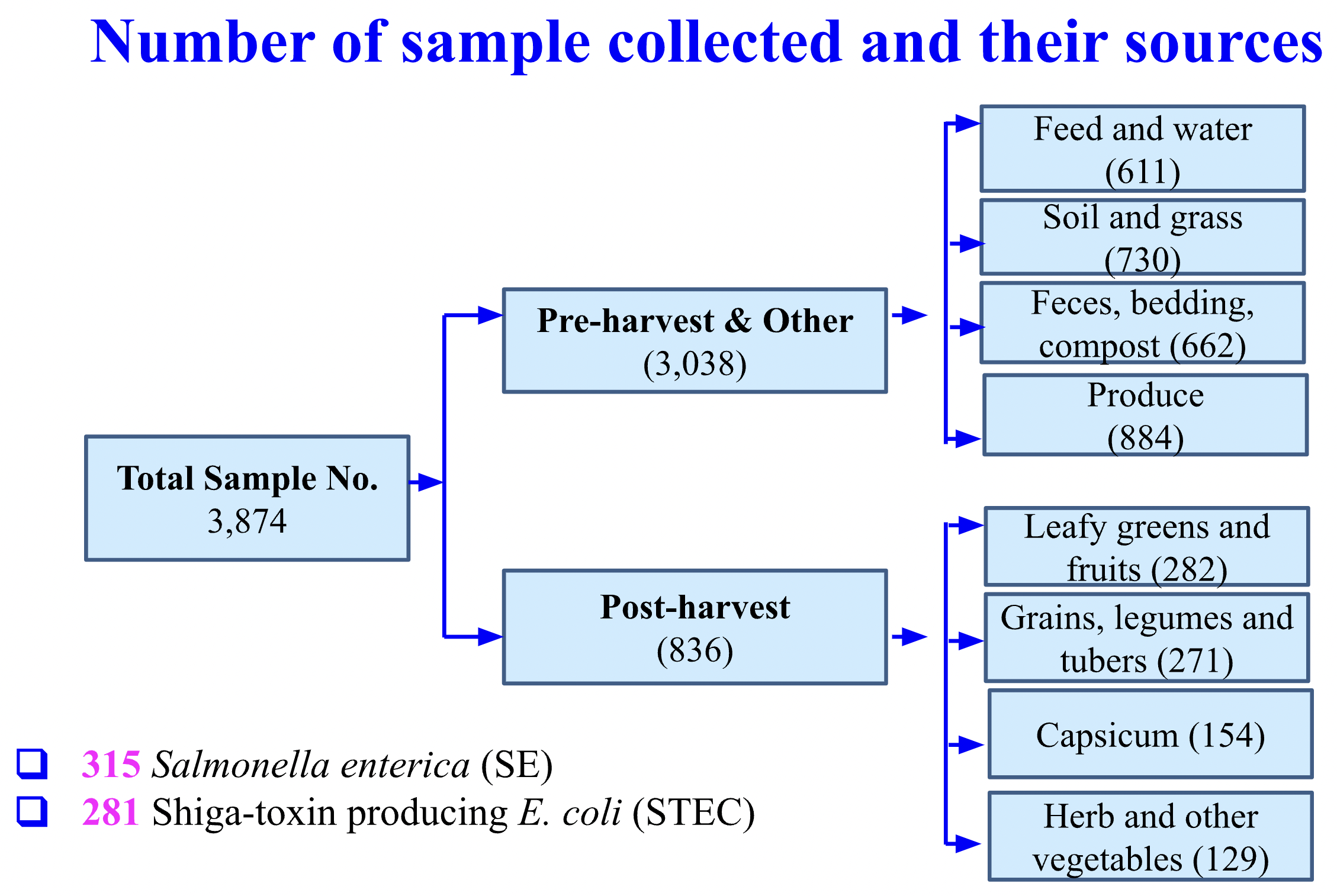
Salmonella Enterica (SE) Contamination
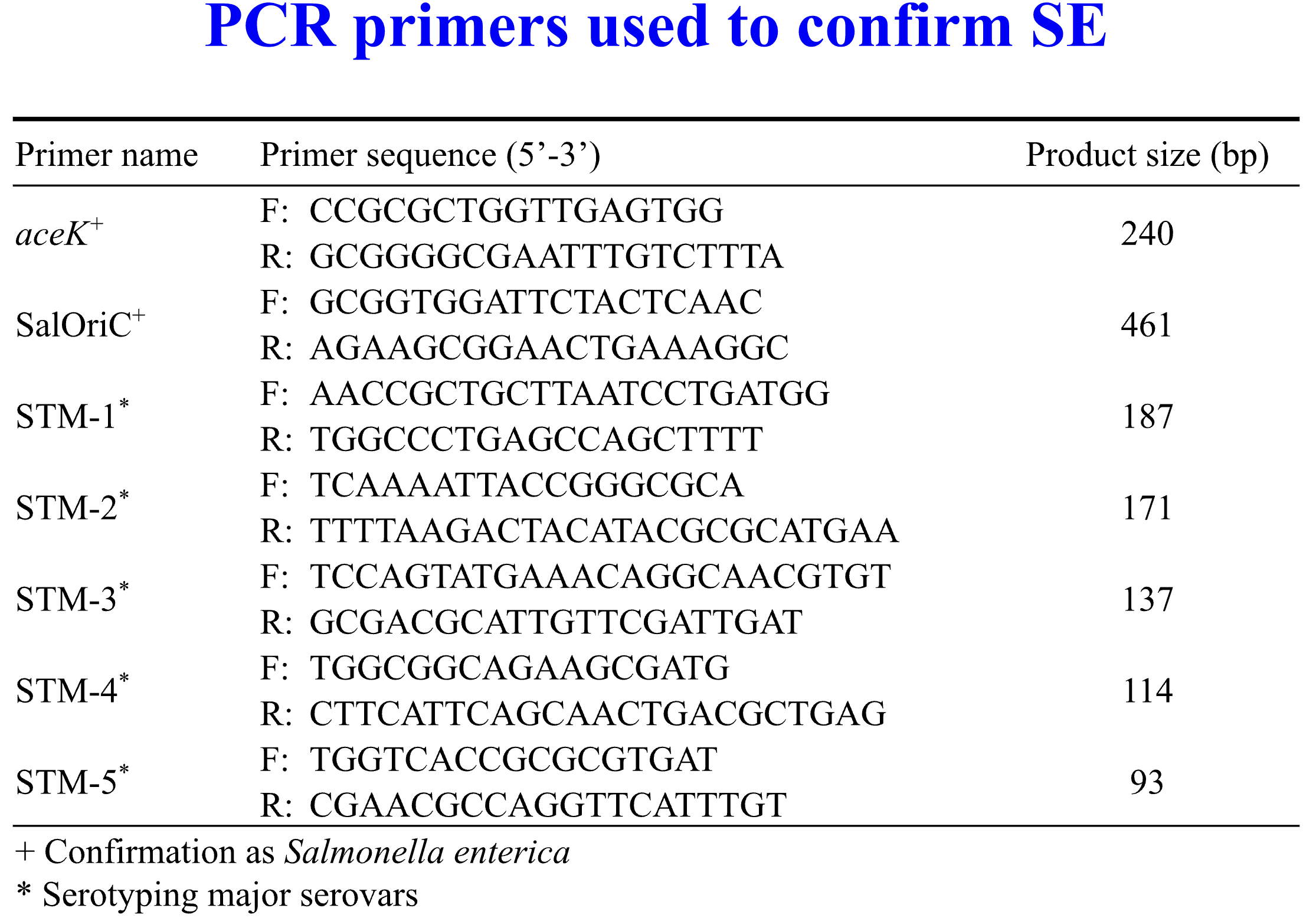
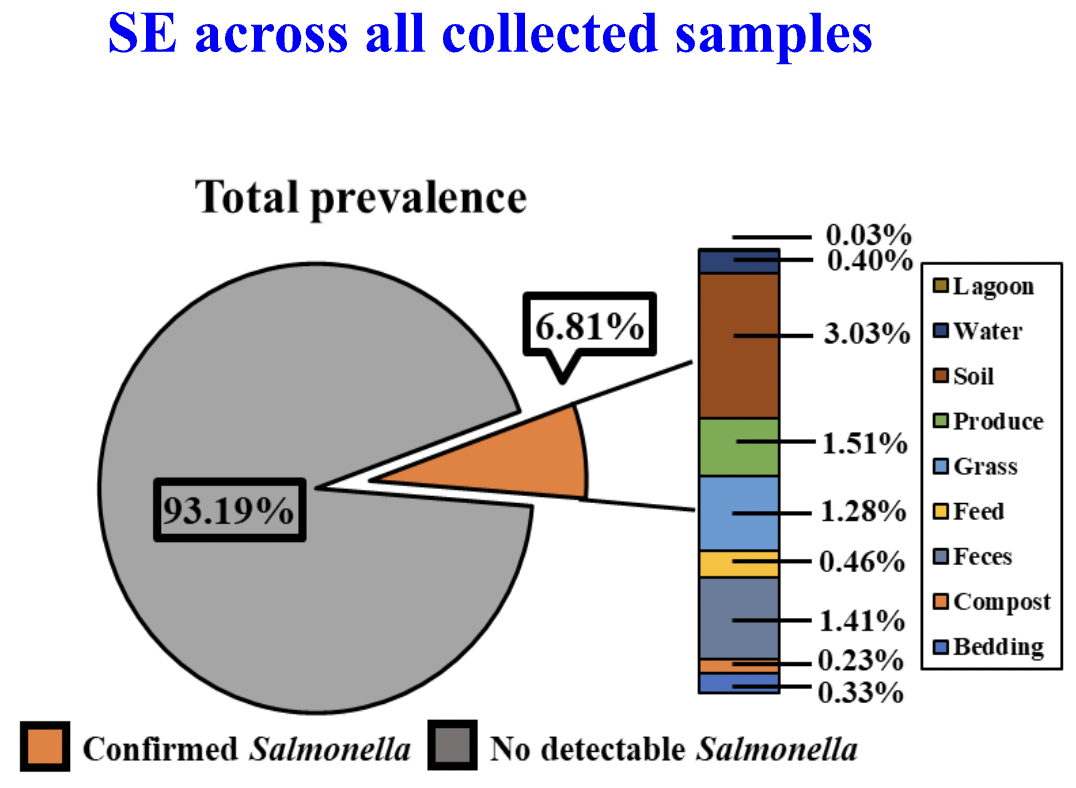
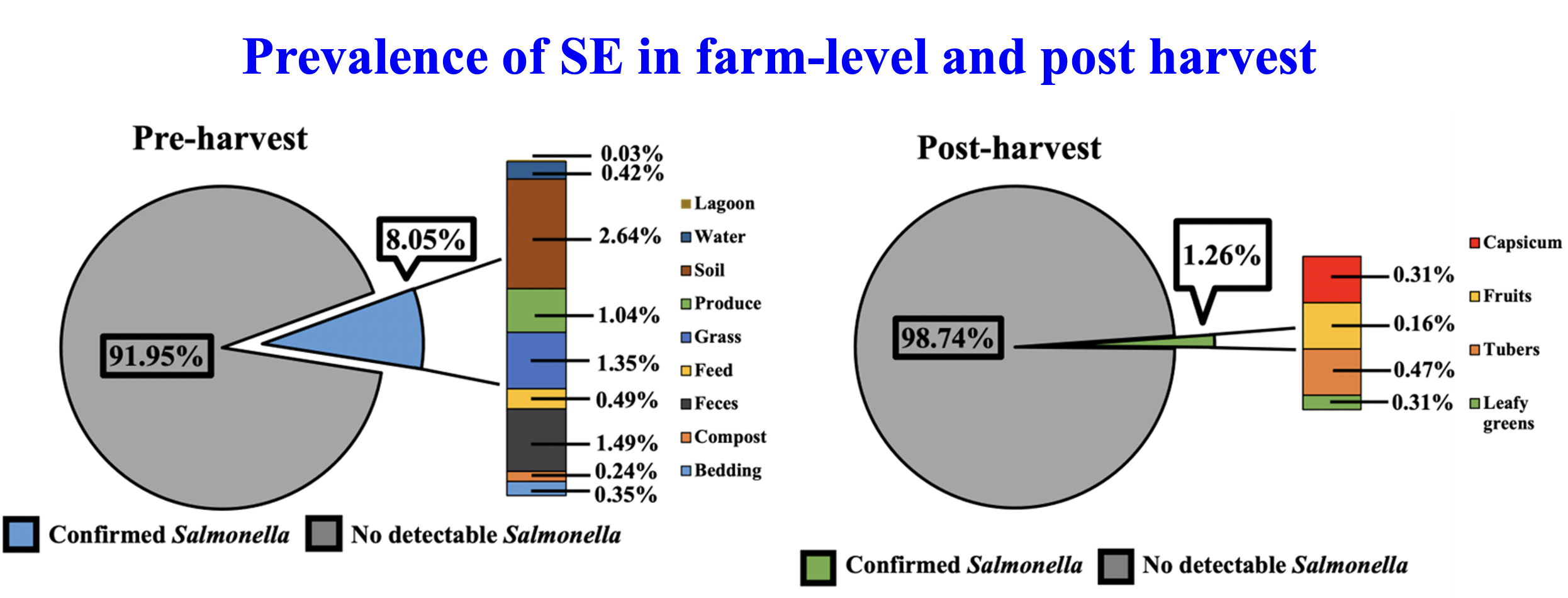
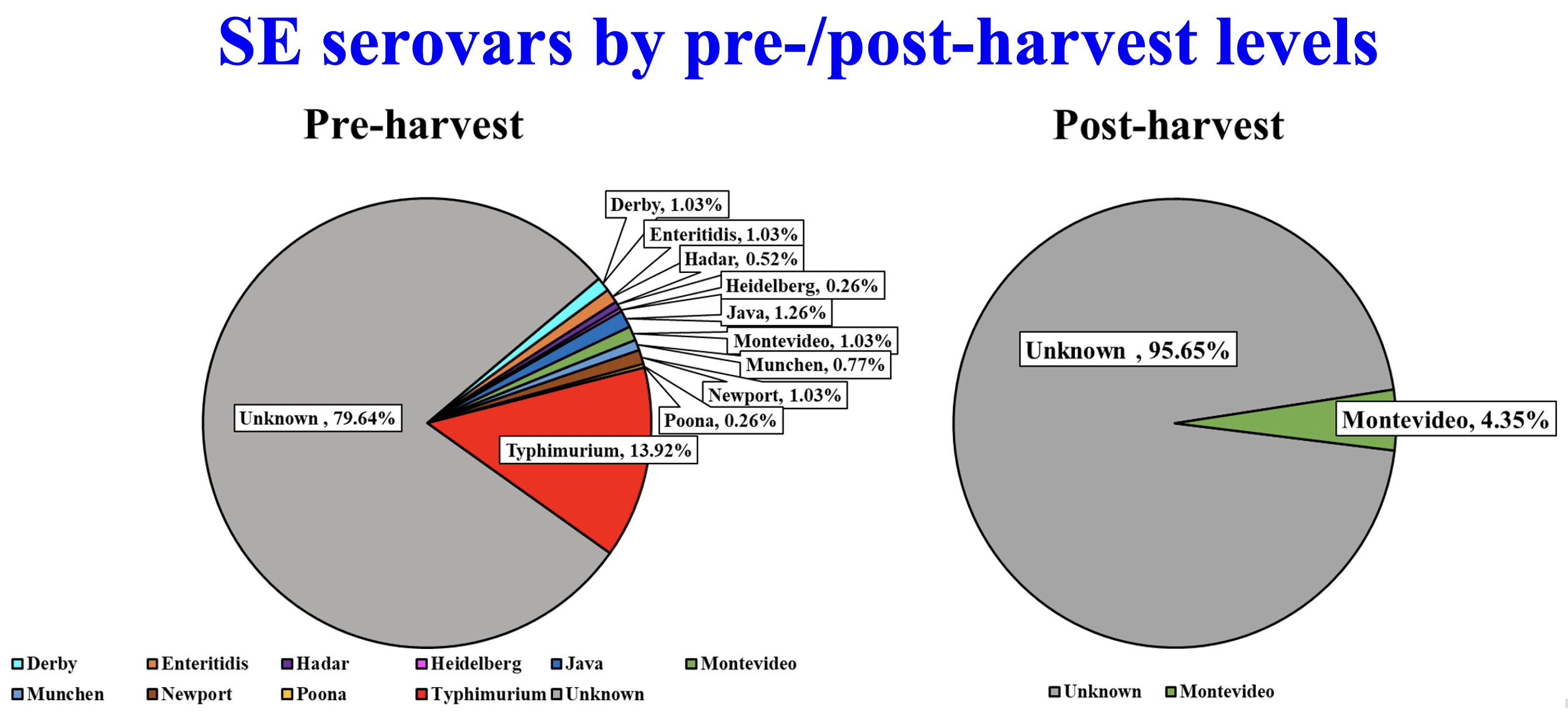
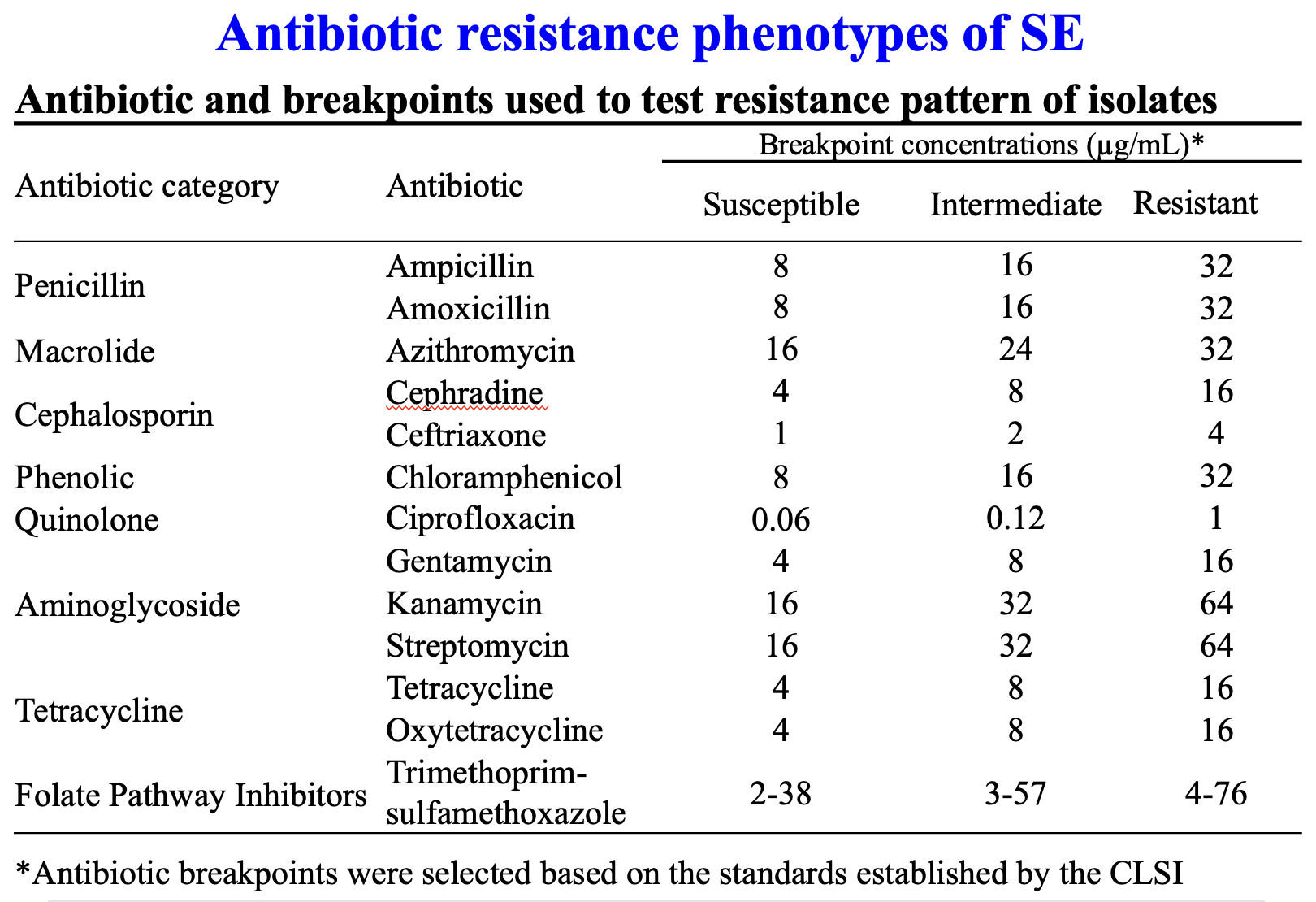
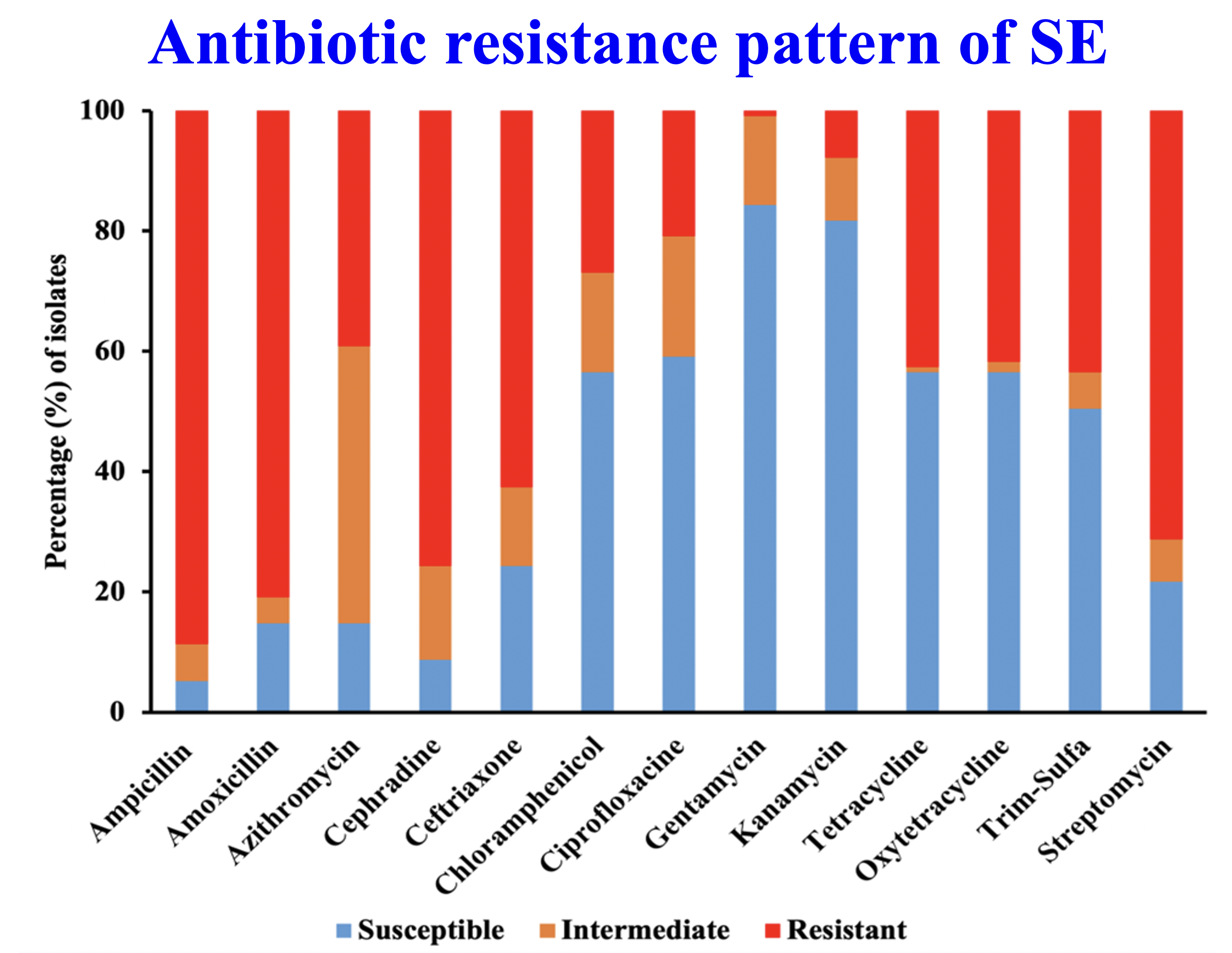
Shiga-toxin producing E. coli (STEC) Contamination
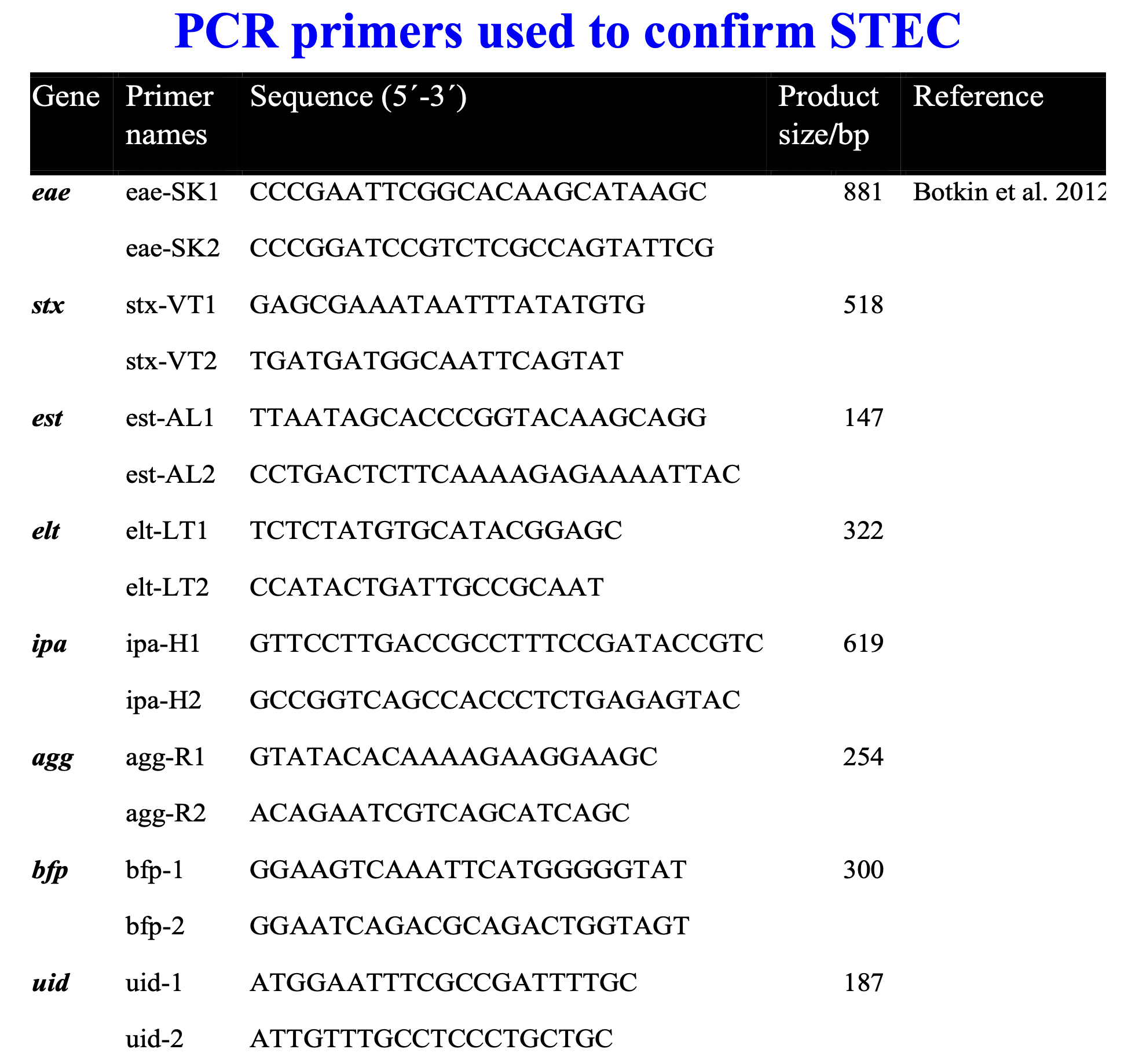
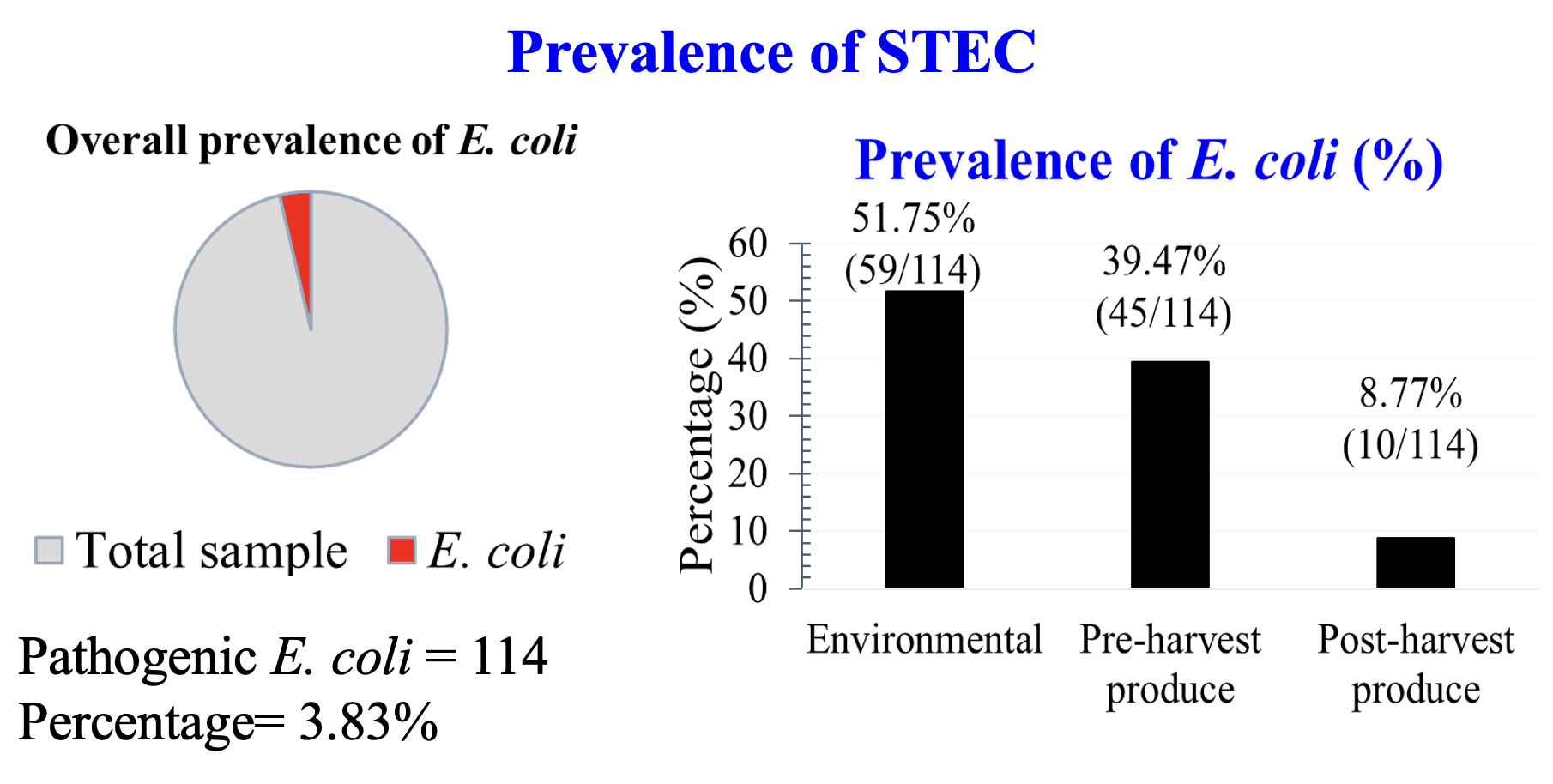

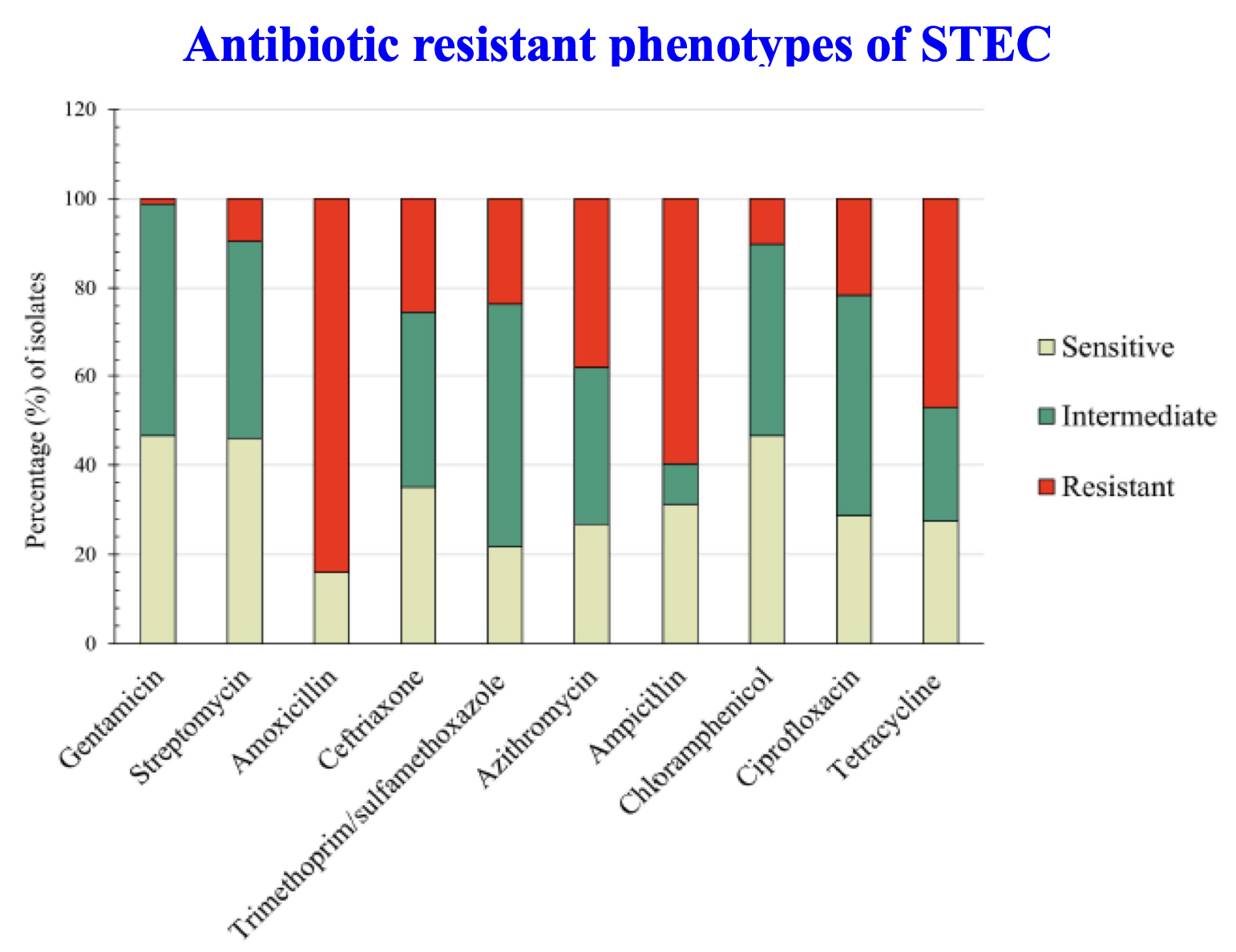
Soil Health and Amendments
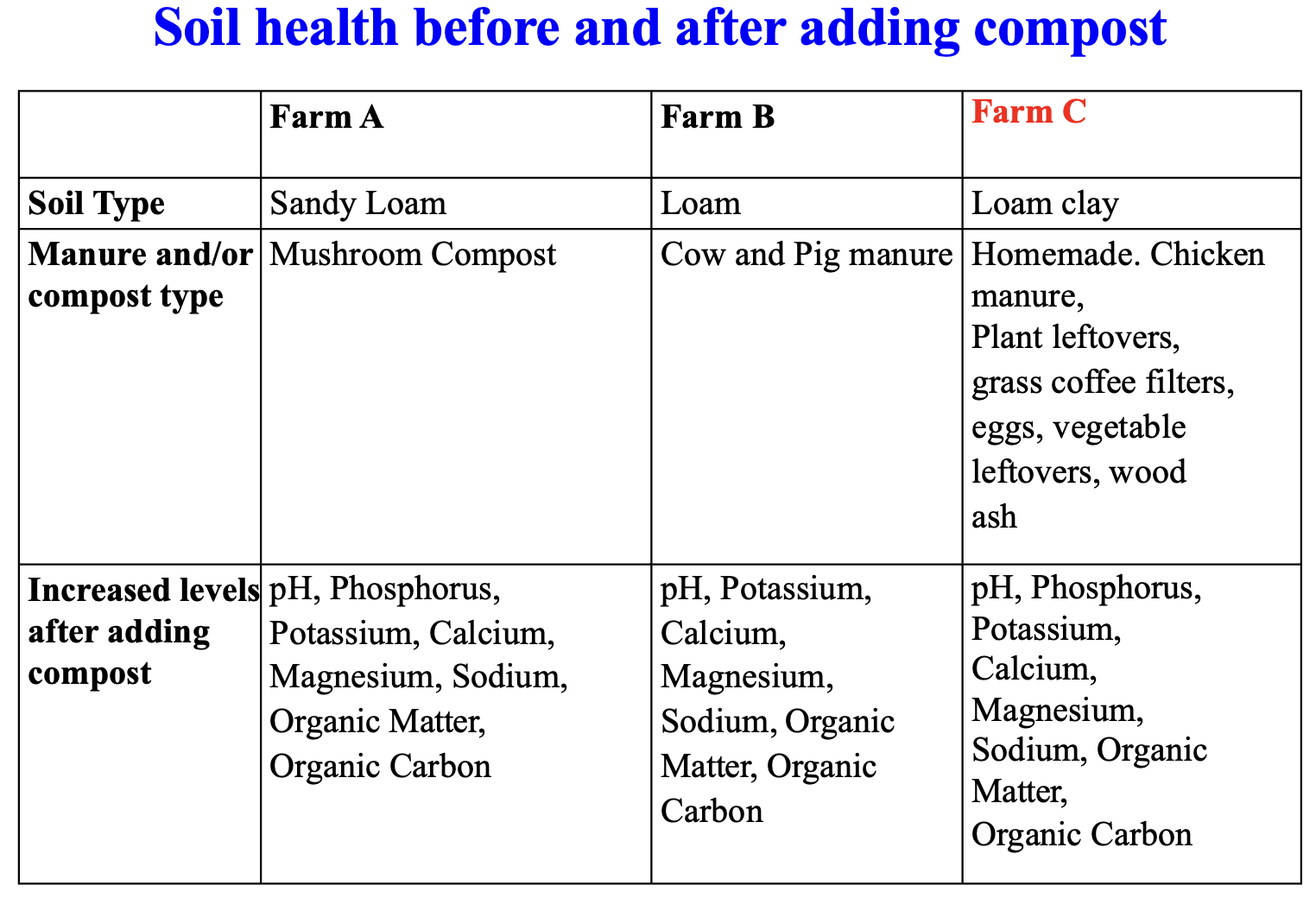
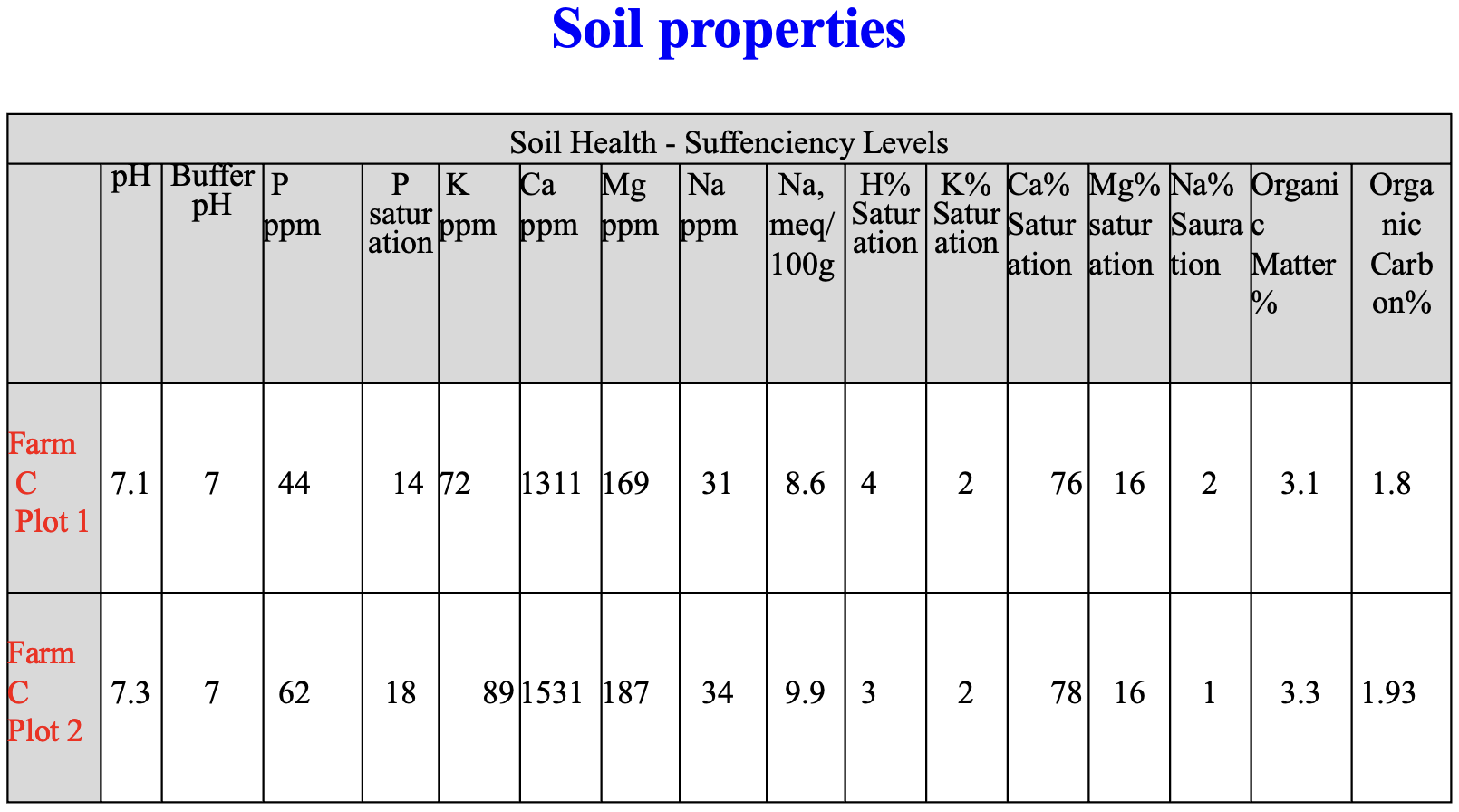
Biological Amendment of Soil and Precautions
- Increase fertility, organic matter/humas and other accompanying properties
- ICLFs use manure/compost to improve soil
- Important for ICLFs to develop proper manure/composting management practices
- Improper management could allow survival of pathogenic organisms which could be transferred to soil and then produce
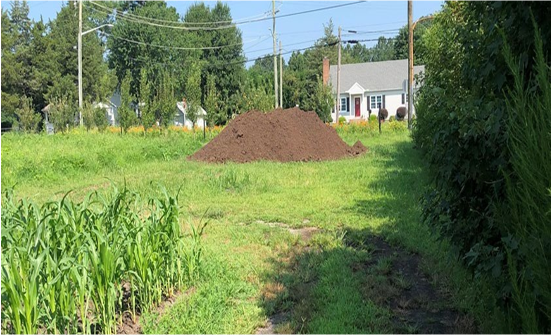
Recommendation
-
According to the USDA NOP, organic crops grown in manure
amended soils must be withheld from harvest after application:
- 120 days – edible portion of crop that come in direct contact with soil, can be splashed by soil (rain, irrigation)
- 120 days – leafy greens, melons, squash, peas, and other vegetables
- 90 days – all other food crops including tree fruits, sweet corn
- This withholding period is to allow for the reduction of pathogenic organisms, allowing for the harvest of safe produce
Skin Microflora of ICLF Workers
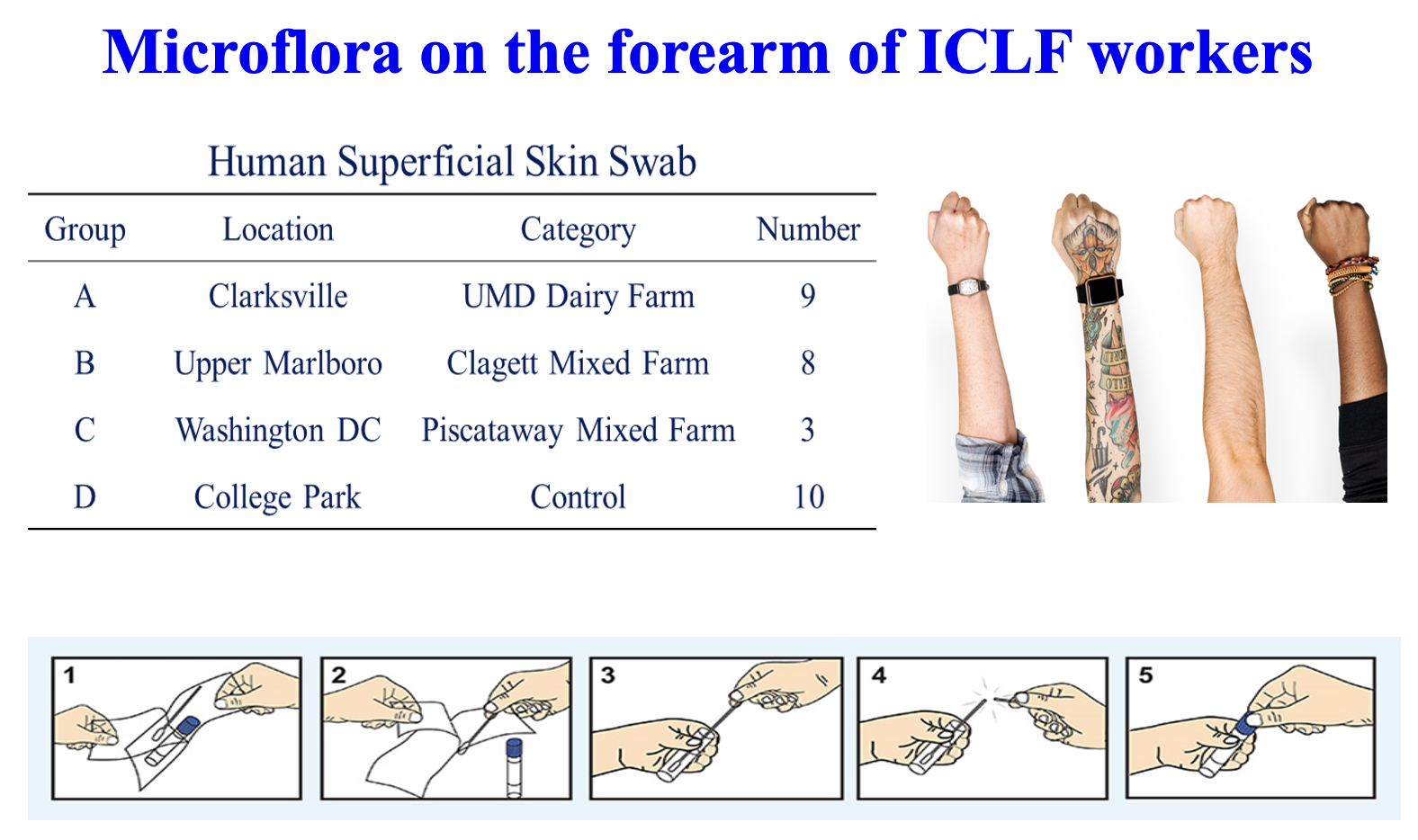
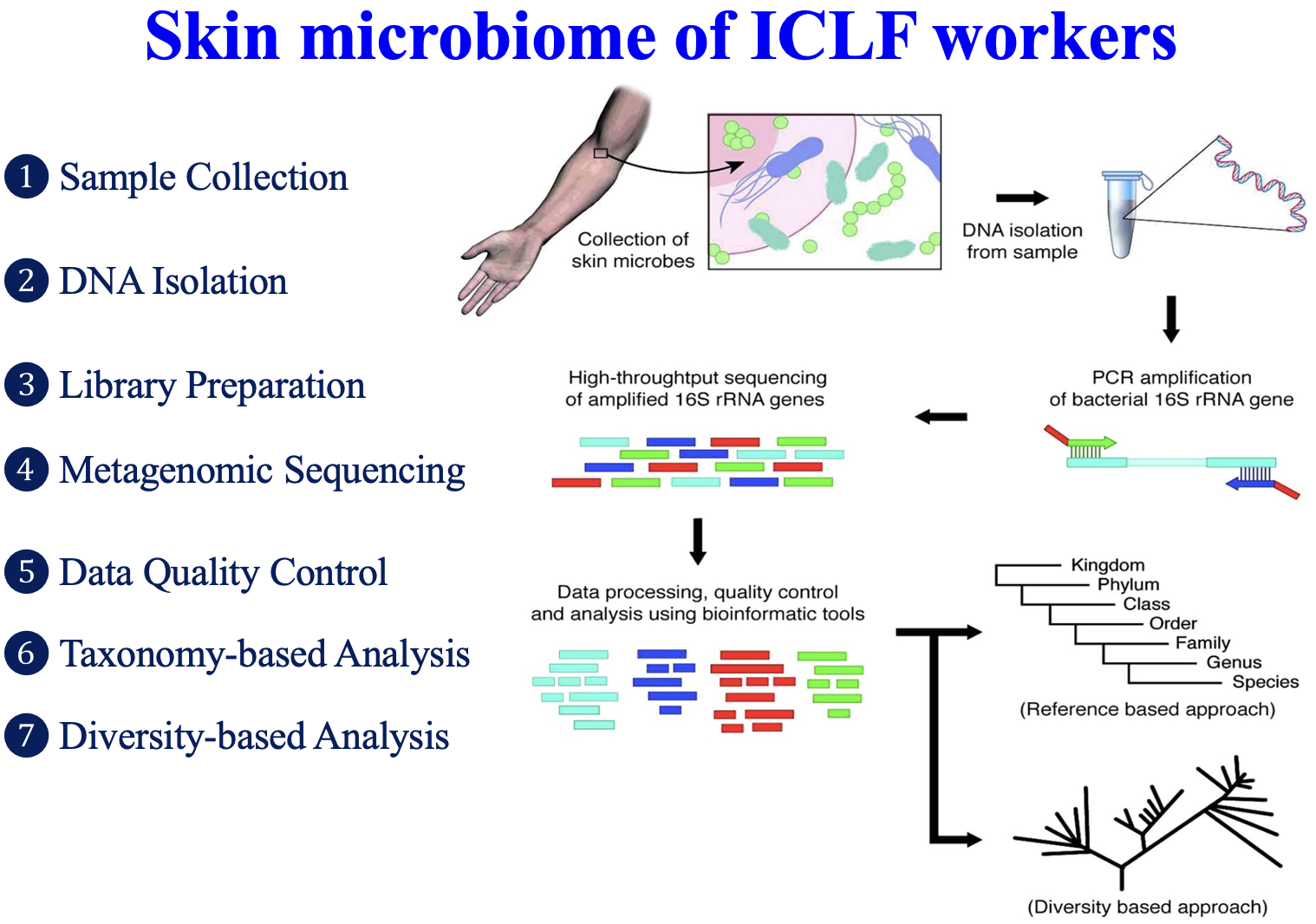
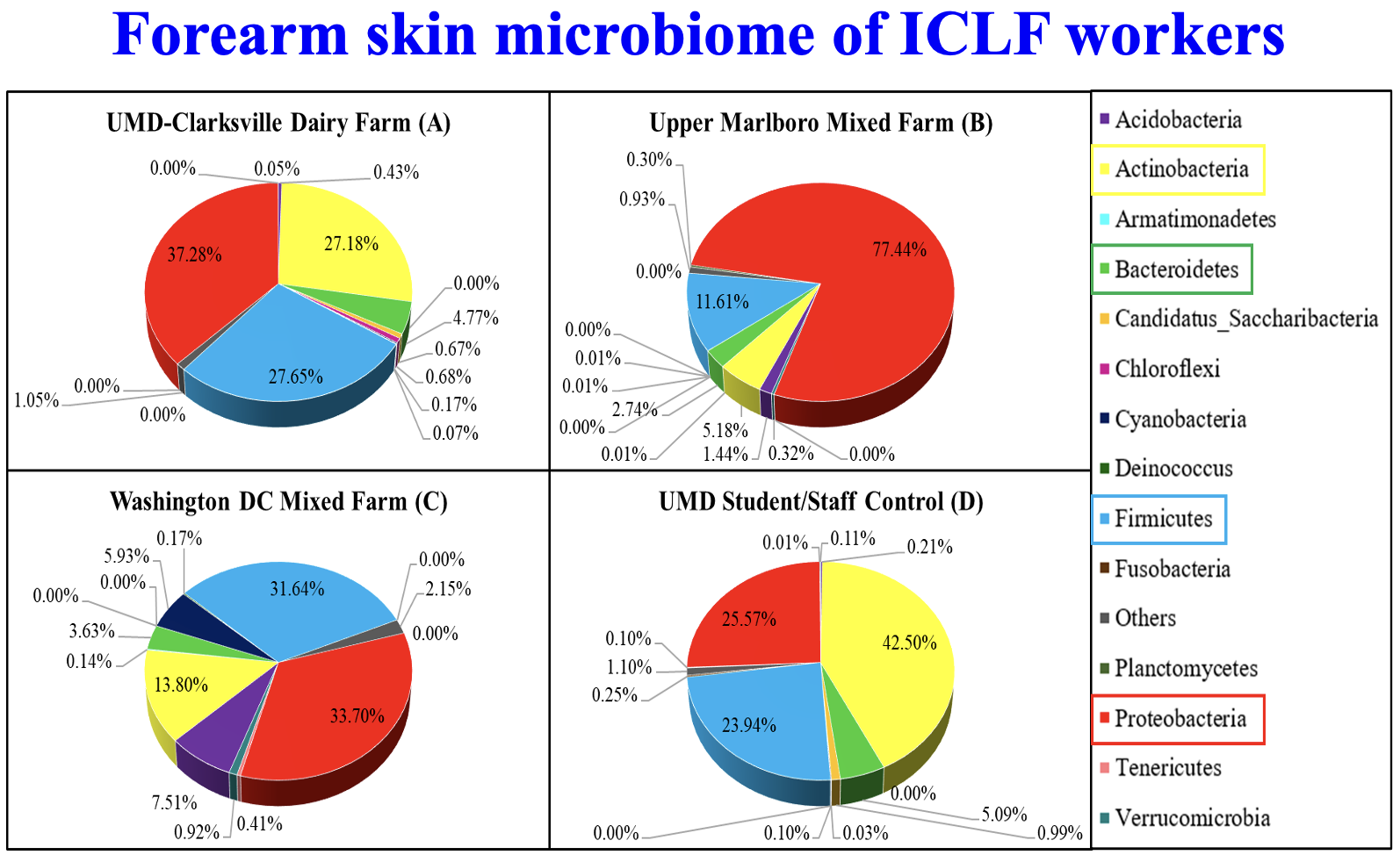
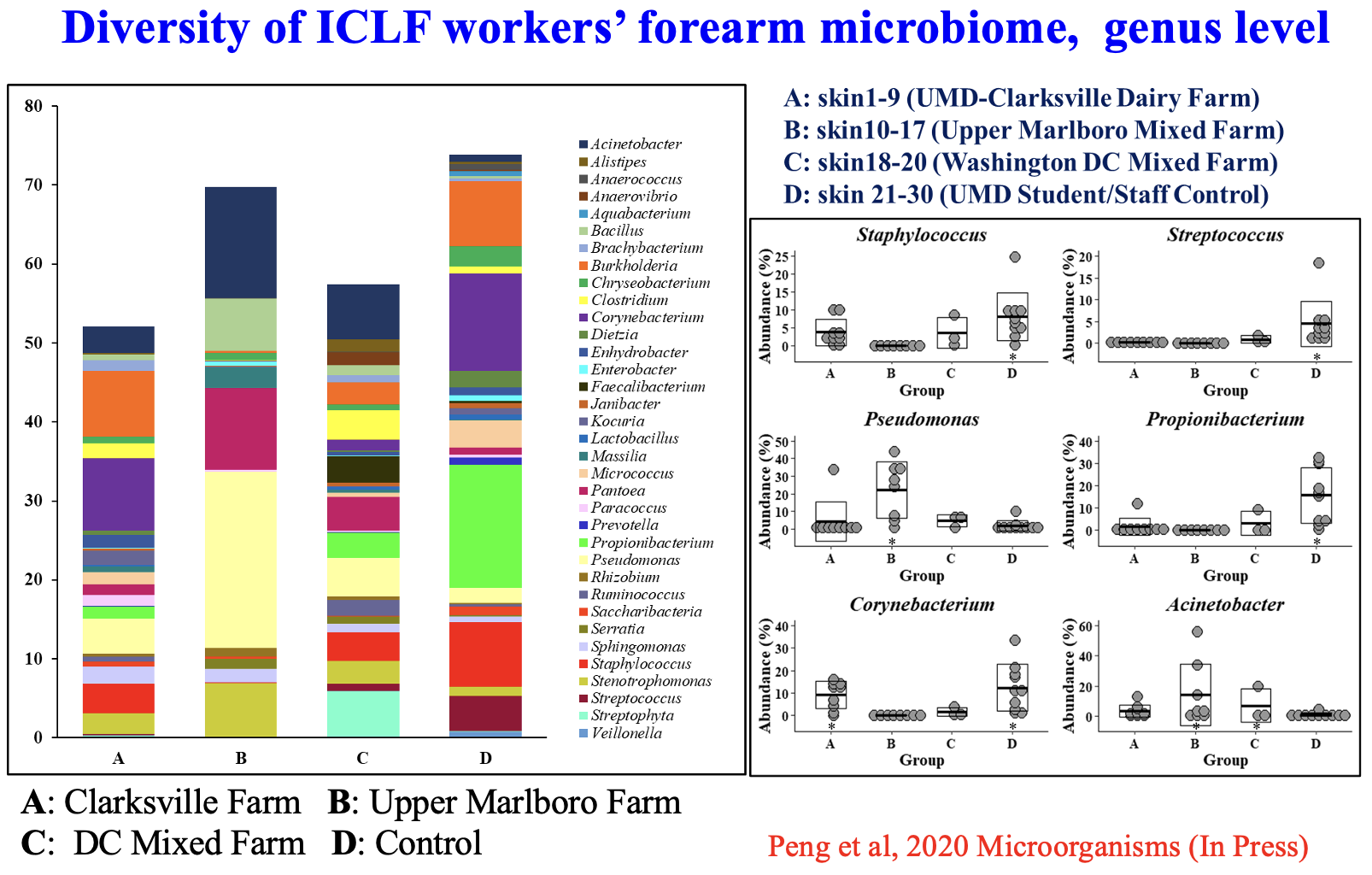
Animal Waste
Soil microbiome contains composted animal waste
ICLFs practice sustainable sourcing of soil amendment for use as natural fertilizer and soil conditioner for crop production. Crop fertilization by soil incorporation of aged manure or compost may introduce different microbes and alter the soil microbial community. We aim to characterize the influence of aged or composted manure application on the diversity of soil bacterial community in ICLFs. Soil samples from six ICLFs in Maryland were collected before (pre-crop) and during the season (2020-2021) and used to analyze soil bacterial microbiome by 16S-rRNA gene sequencing.
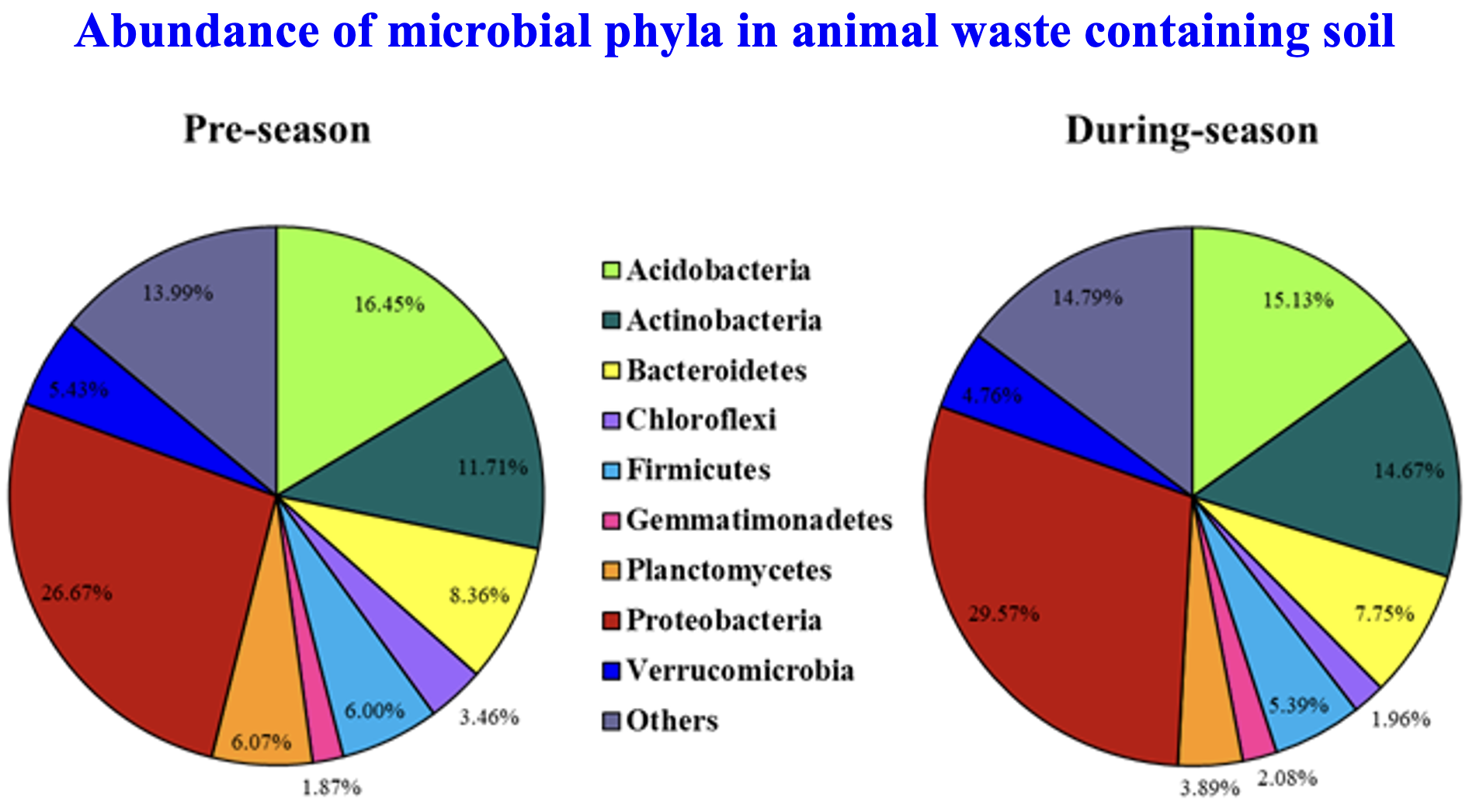
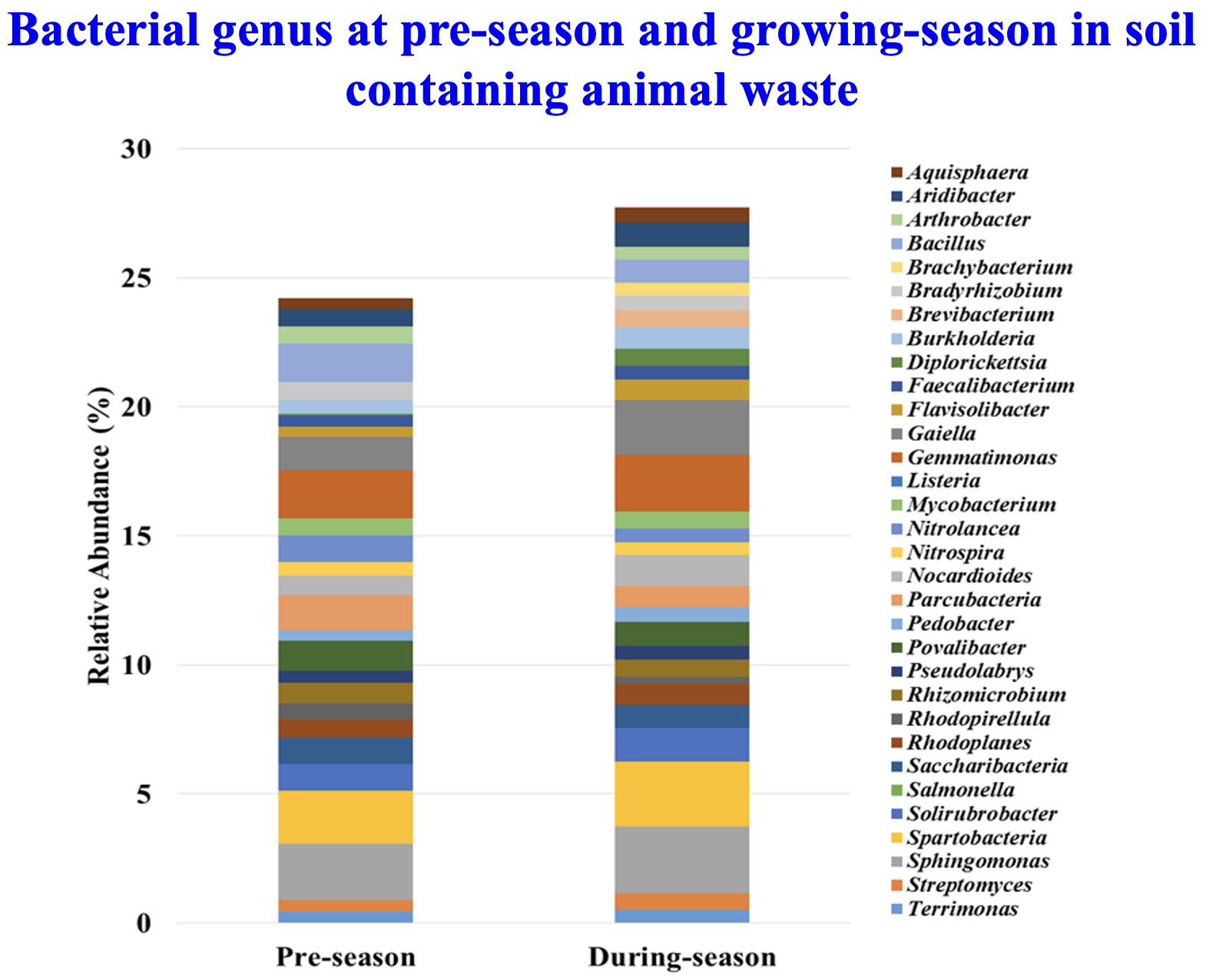
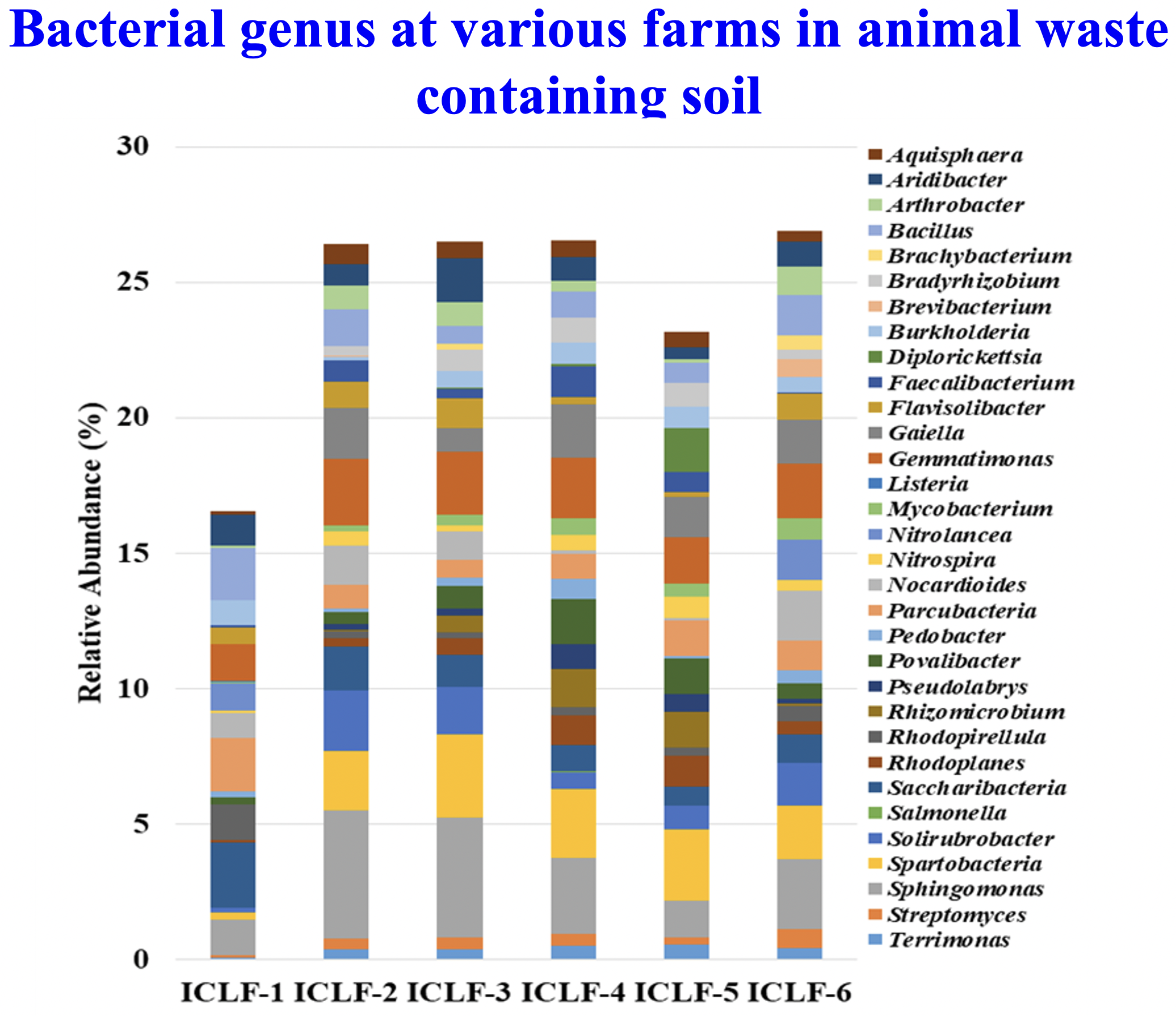
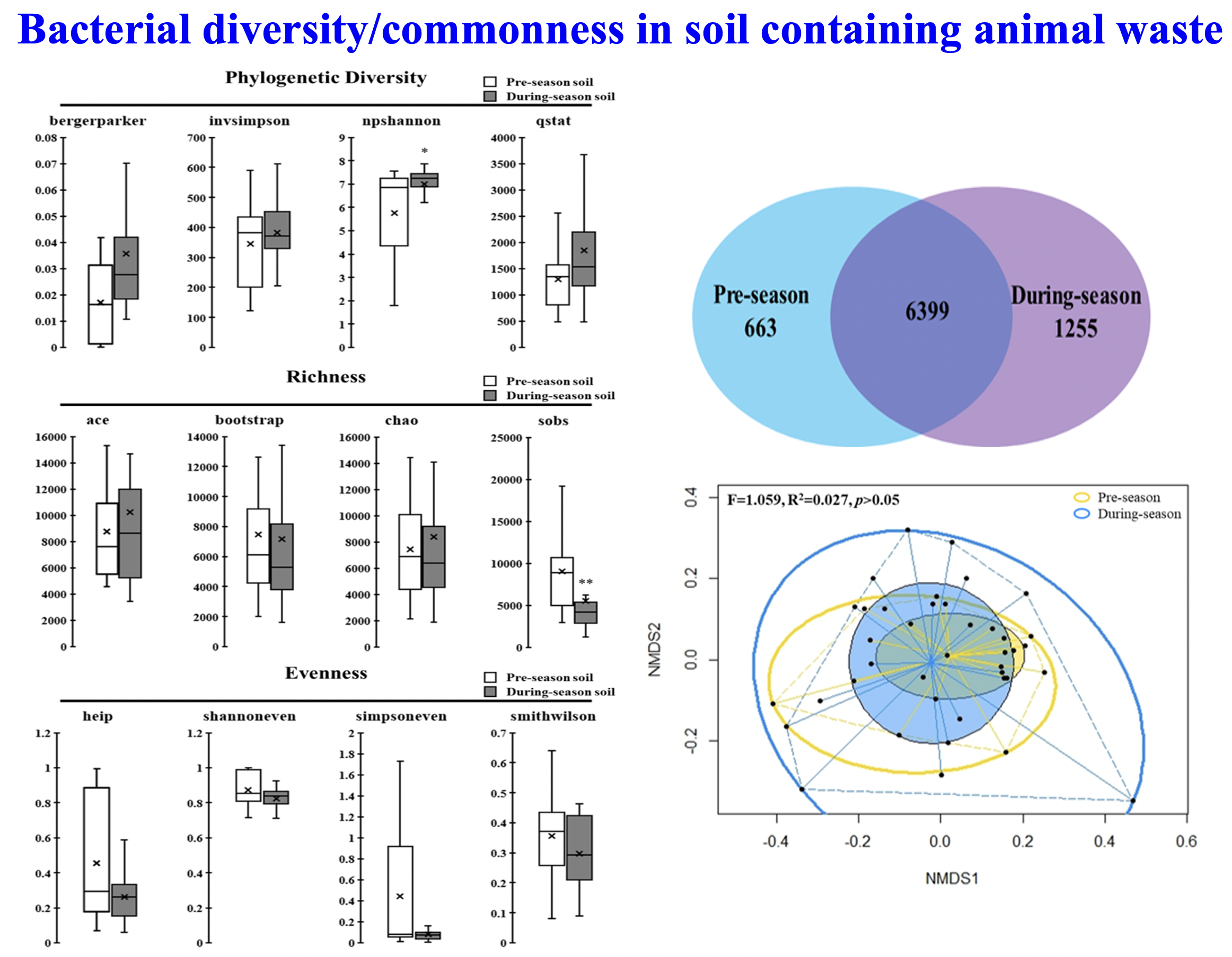
Effects of Berry Pomace Extract
Plant-derived compounds used to remove pathogens from ICLF produce products
- Berry fruits are antioxidant, antimicrobial, anti-inflammatory and vasodilators
- Pomace accounts for as much as 20%–30% of the weight of the processed fruit
- Fruit processing industries generate a huge amount of pomace (>27 million lbs from blueberry and >130 million lbs from blackberry)
- Easy to use and should not interfere with growth of animal and product quality
- Consumer friendly
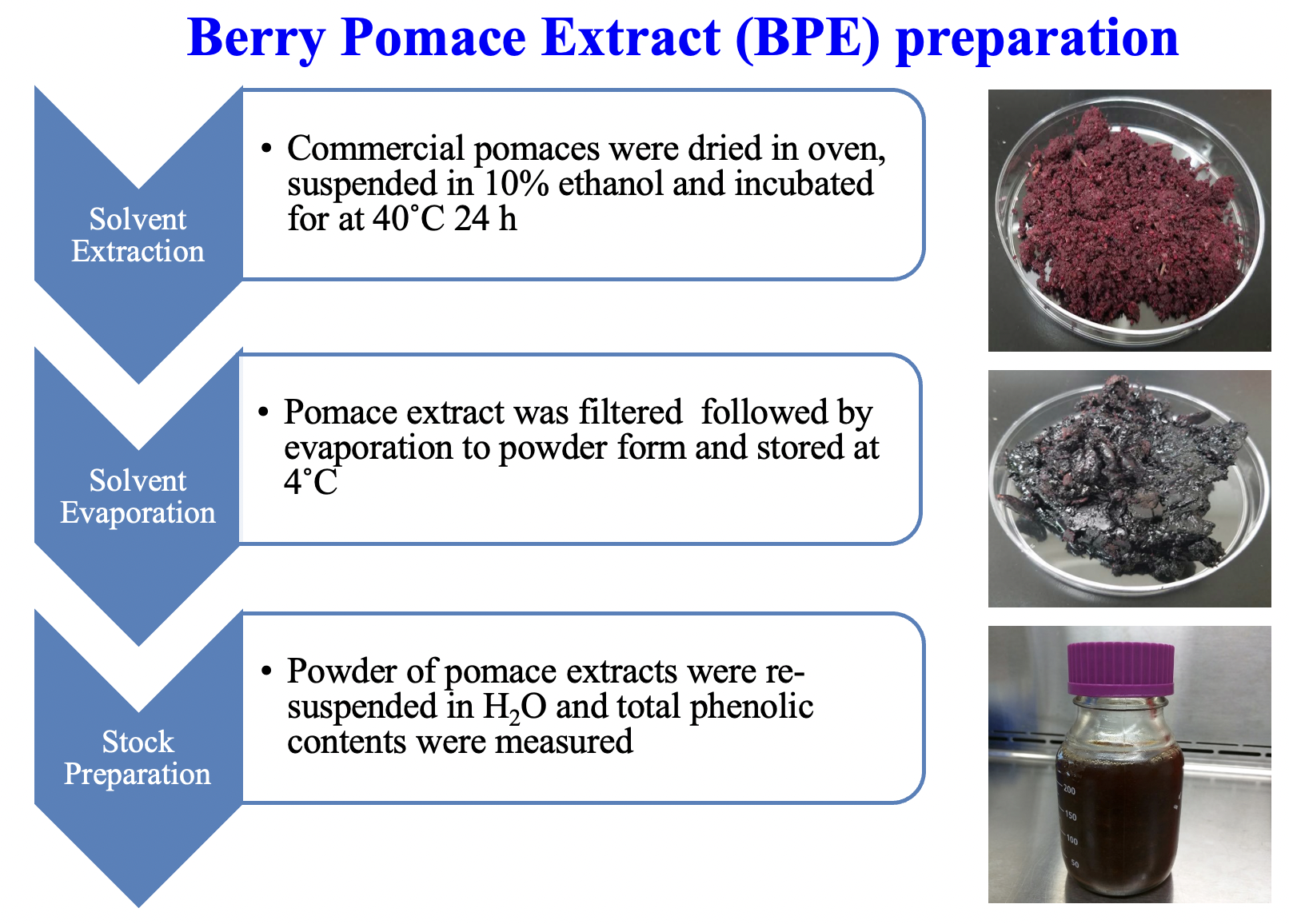
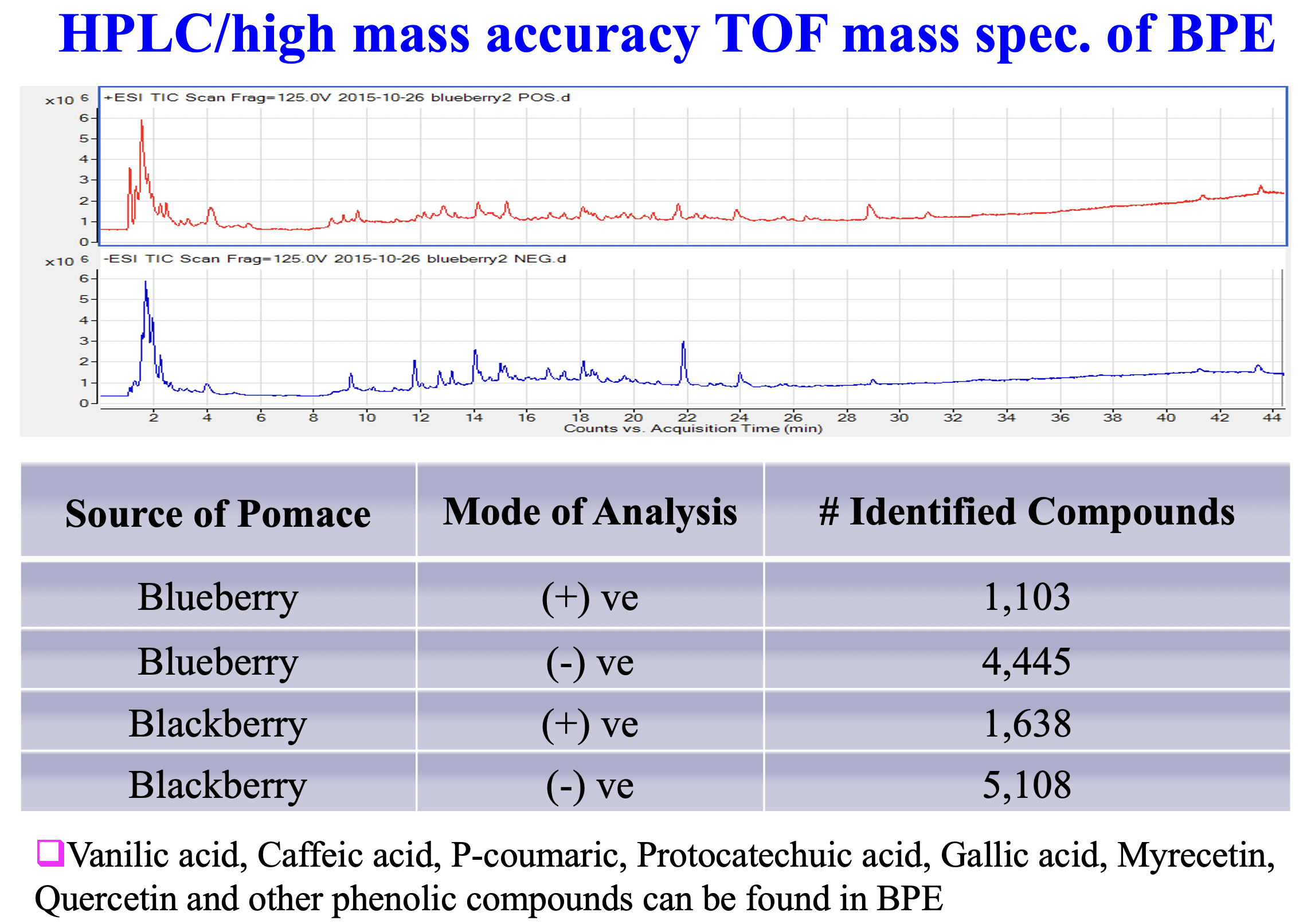
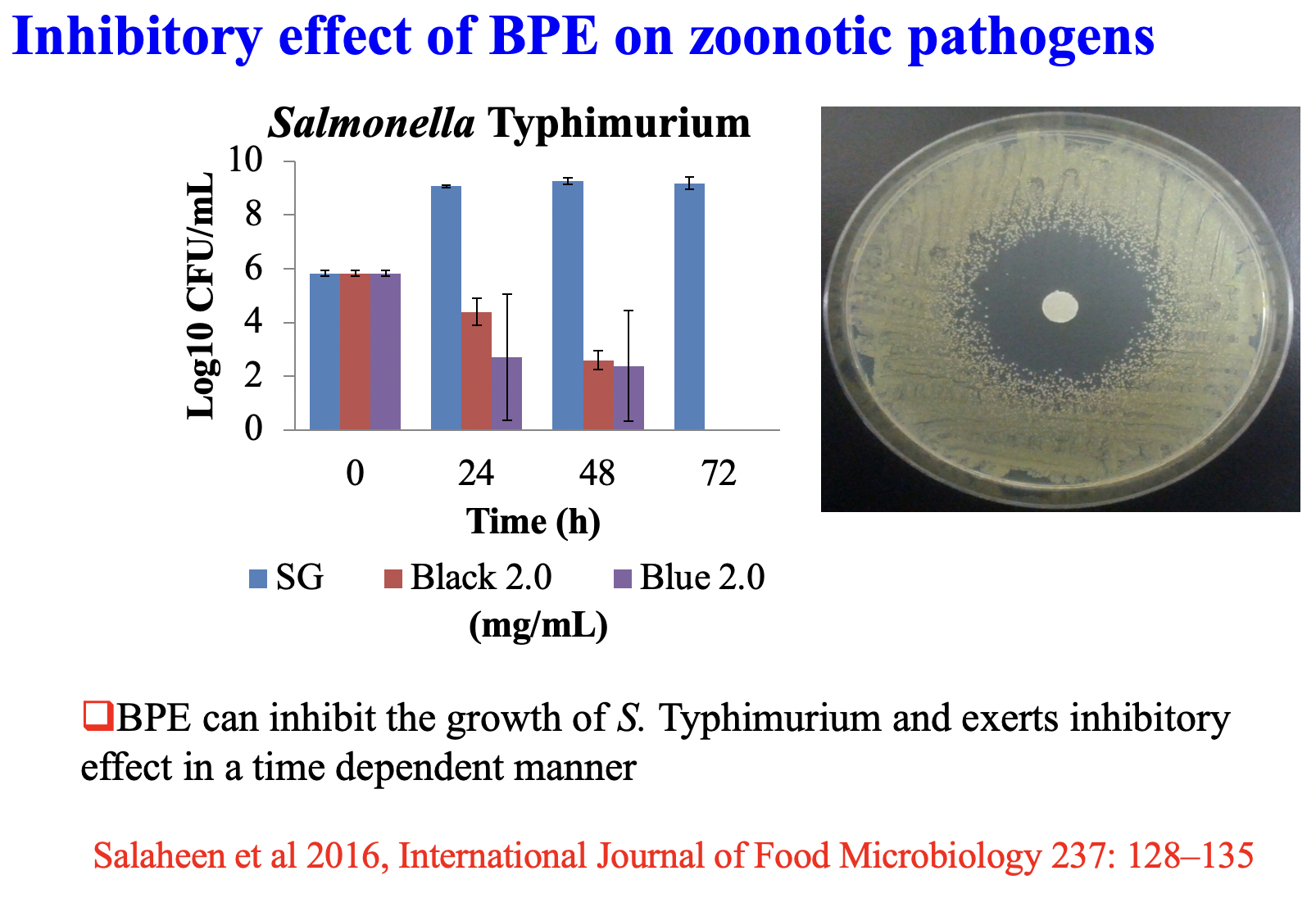
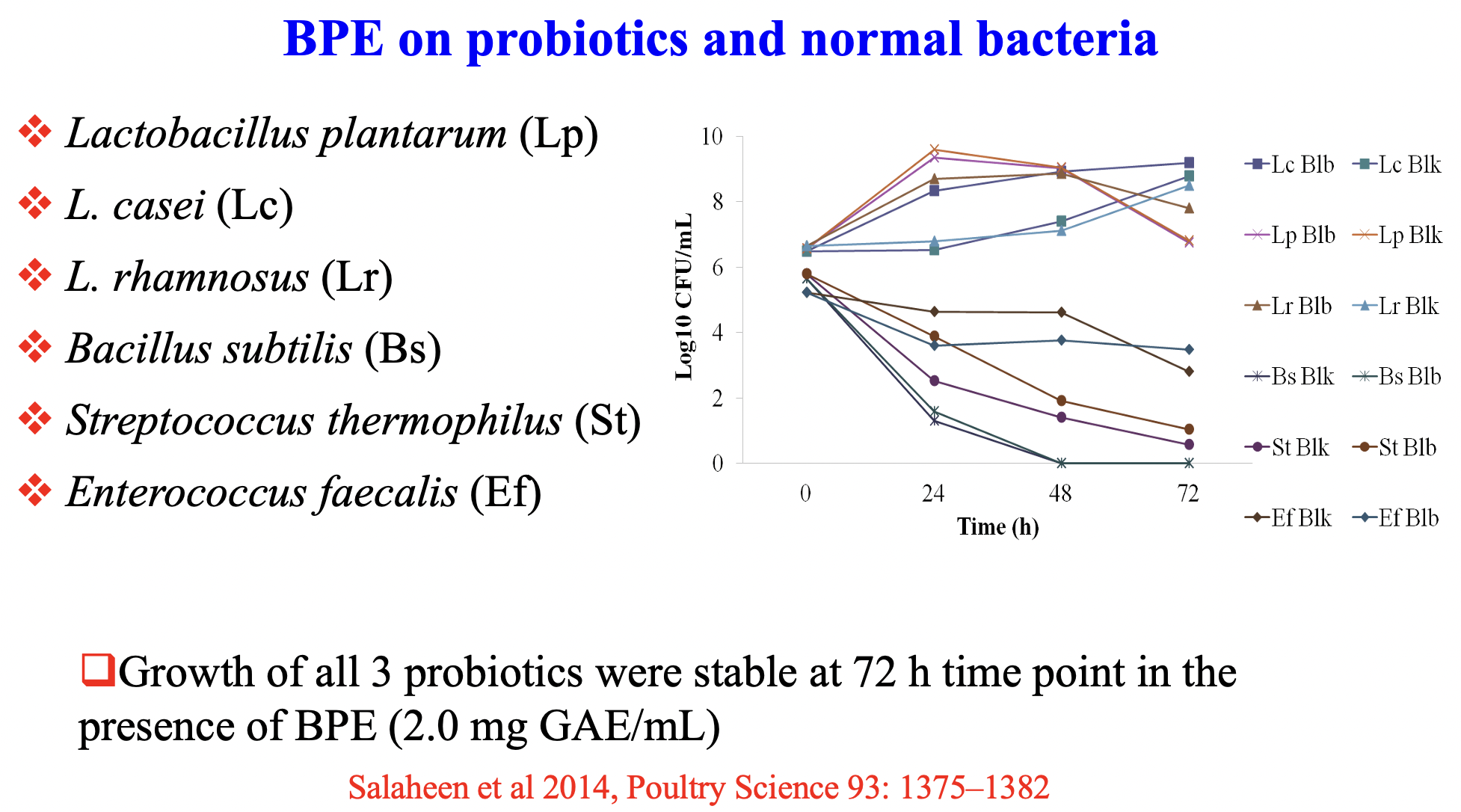
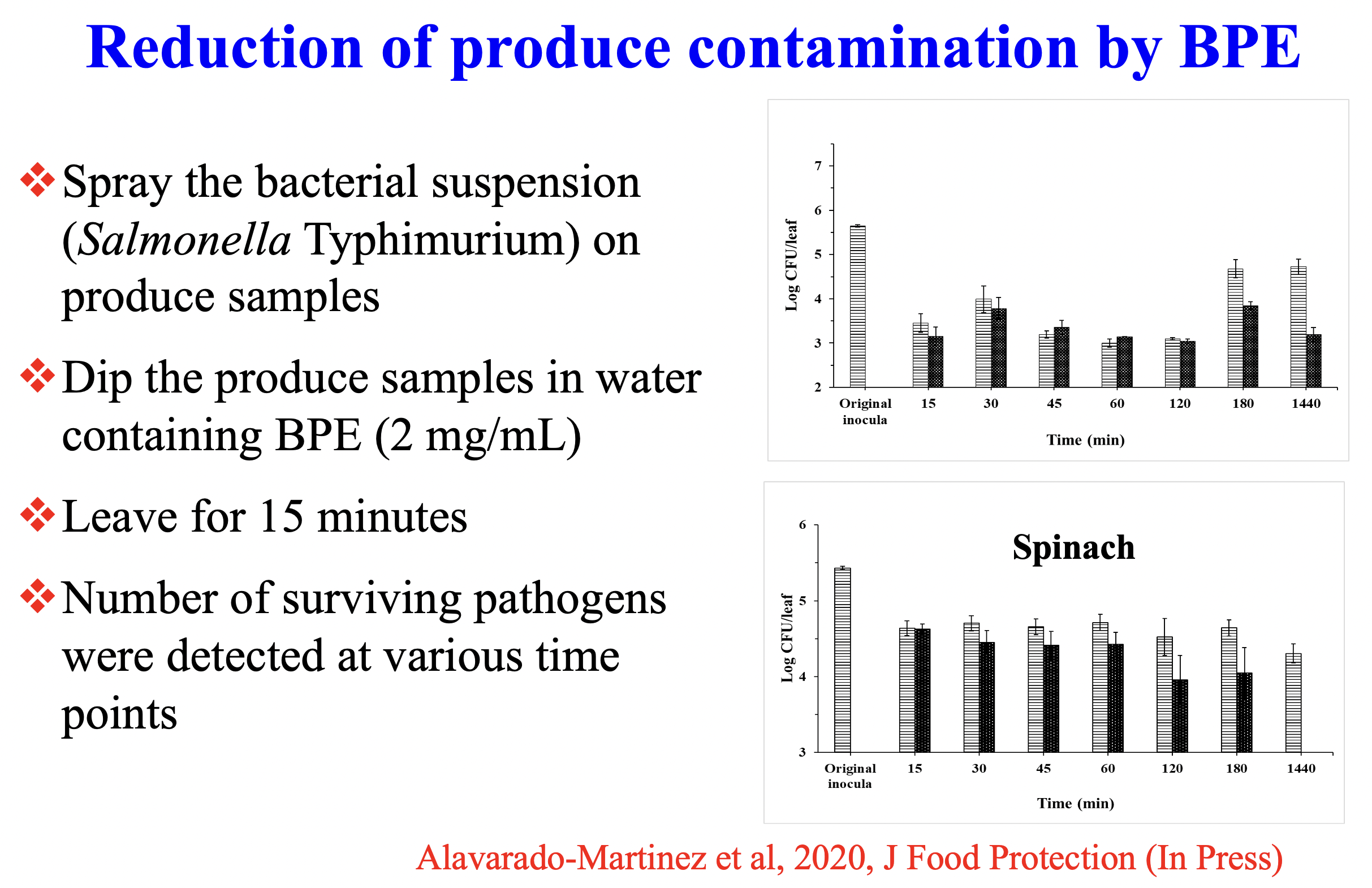
Conclusion and Future Direction
- Prevalence of SE and STEC was high in samples collected from organic farm environments
- Soil and compost were determined to contain a higher percentage of both pathogens
- Isolates displayed different patterns of sensitivity towards a wide array of commonly used antibiotics
- Skin microbiome of farm workers from ICLFs showed a higher level of diversity
- The concentration of BPE showed inhibitory effect on Salmonella and other foodborne pathogens, but such concentrations were not lethal for beneficial microbes
- BPEs could be an option for promoting safety of organic food but need commercial farm base trial
Acknowledgements
- Farm owners and workers
-
Lab Members:
- Dr. Mengfei Peng (Postdoctoral Fellow, ANSC, UMD)
- Dr. Serajus Salaheen (Scientist, USDA-ARS, Beltsville, MD)
- Zajeba Tabashsum (Ph.D. Student, MOCB, UMD)
- Arpita Aditya (Ph.D. Candidate, ANSC, UMD)
- Zabdiel Alvarado-Martinez (Ph.D. Student, MOCB, UMD)
-
CFS3:
- Dr. Salena Parveen, Professor, UMES, and her team
- Dr. Pat Millner, ARS-USDA
-
UME:
- Jeff Semler, Extension Agent, UMD
- Shauna Henley, Extension Agent, UMD
- Mike Dwyer, Director, UME, UMD